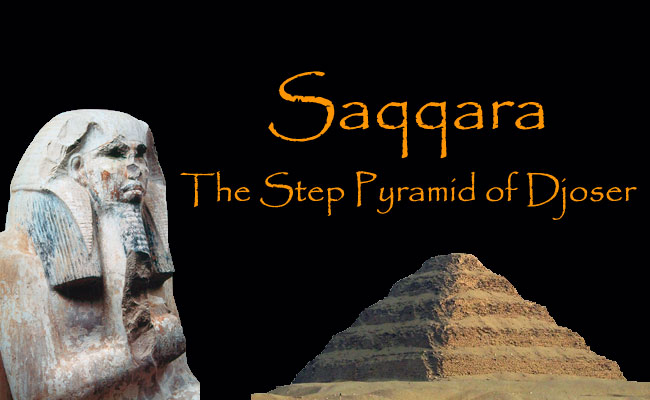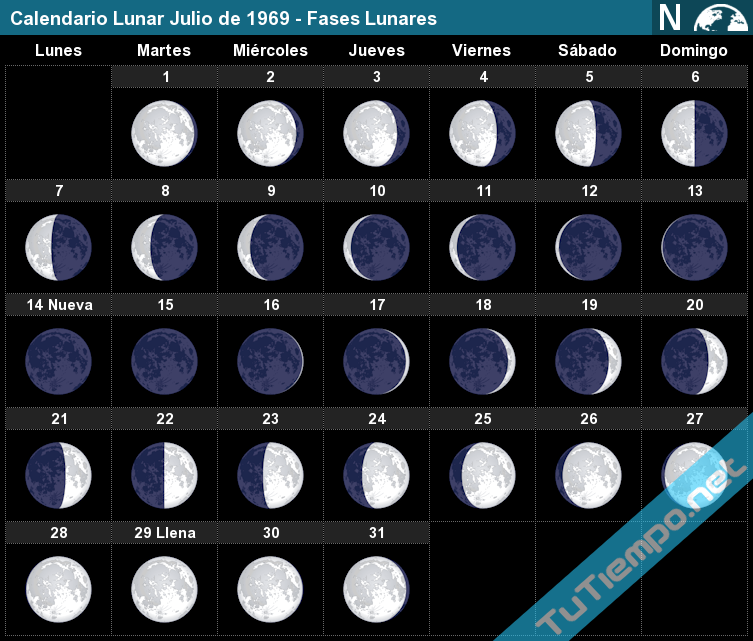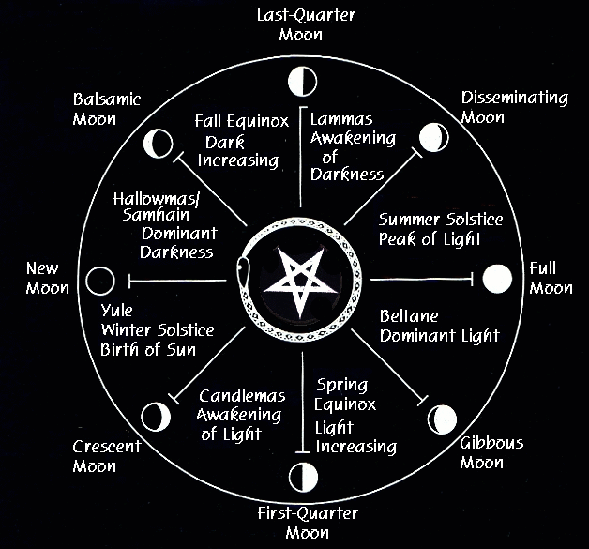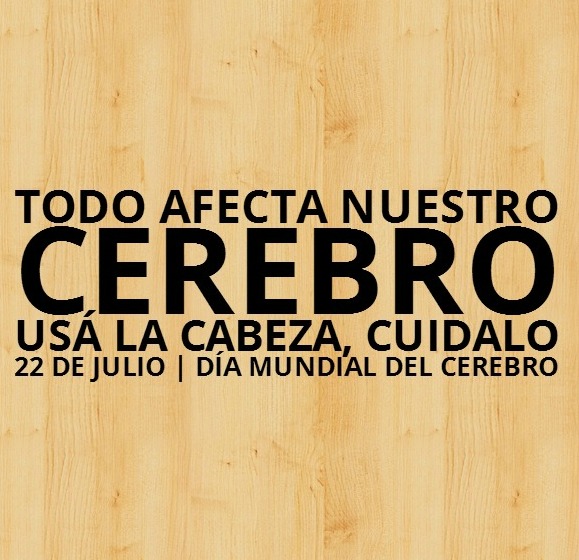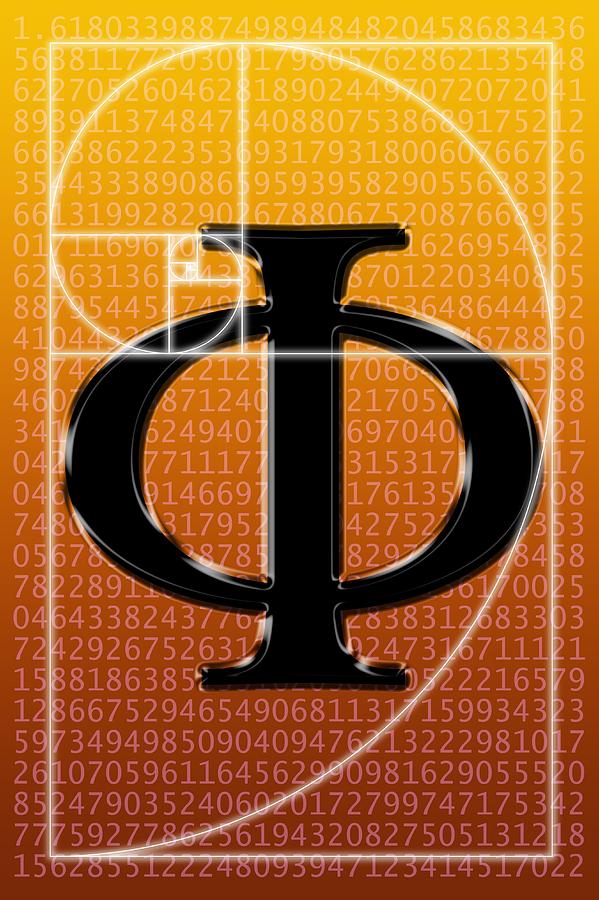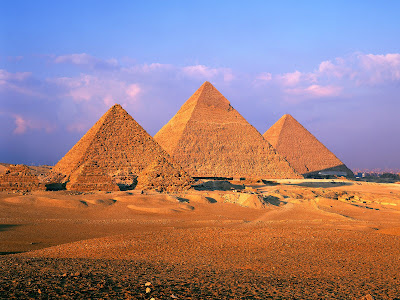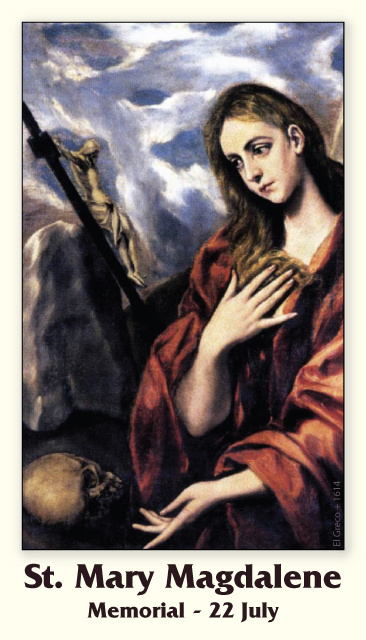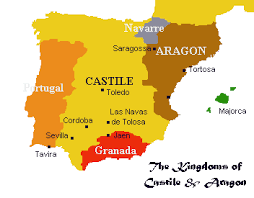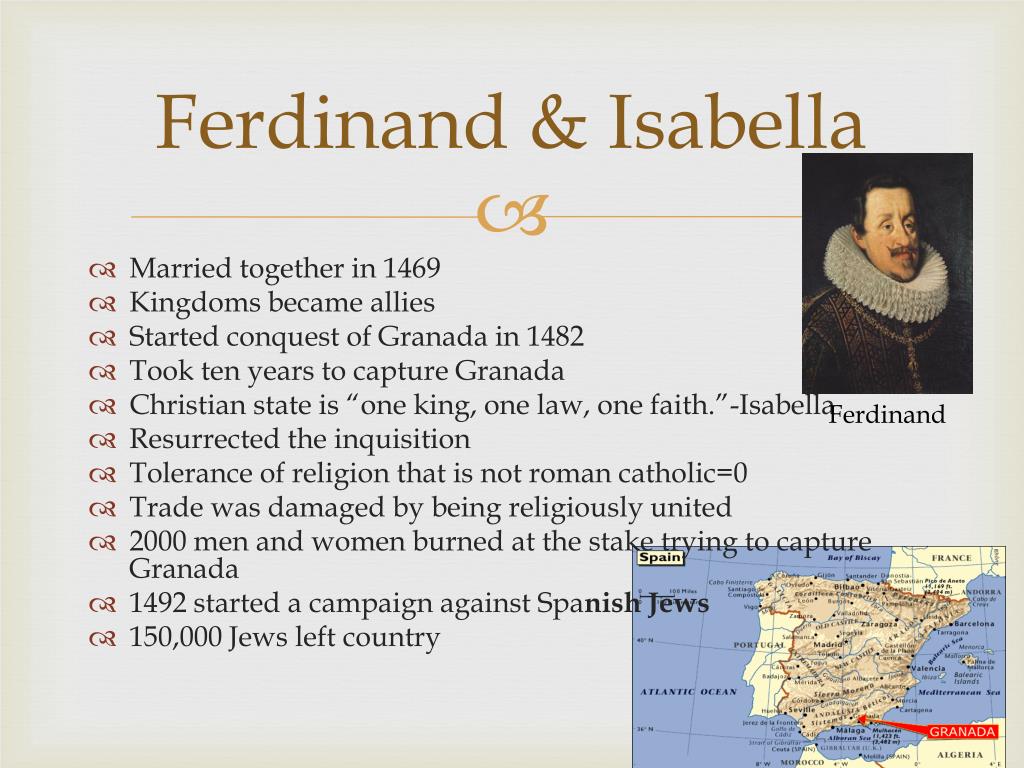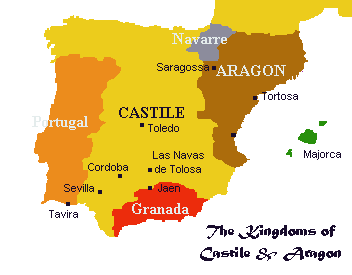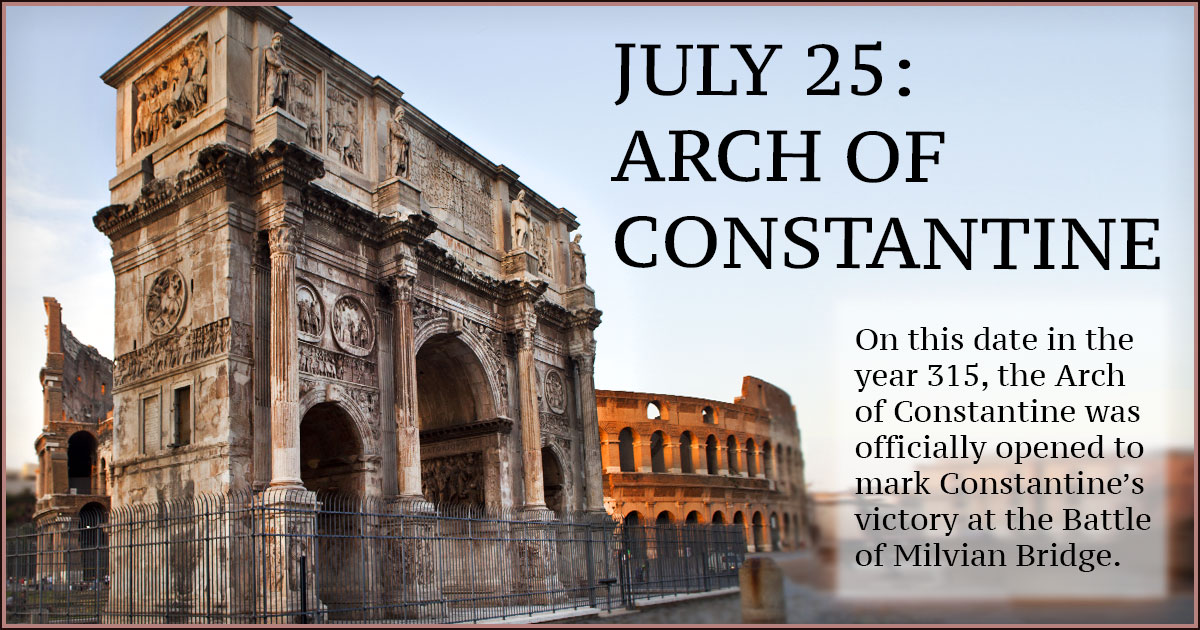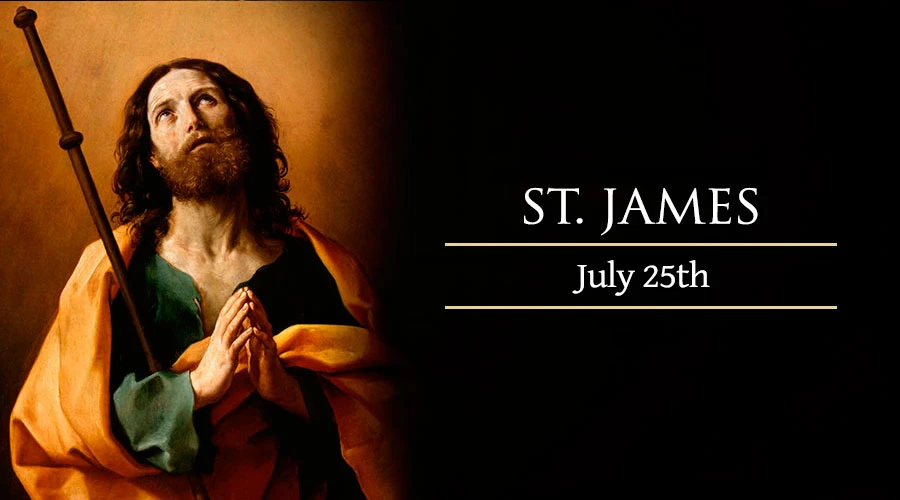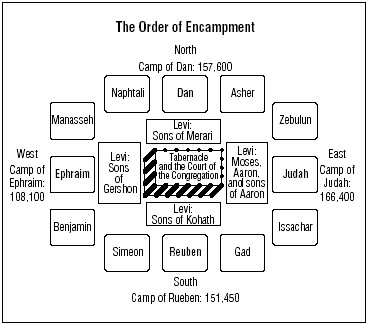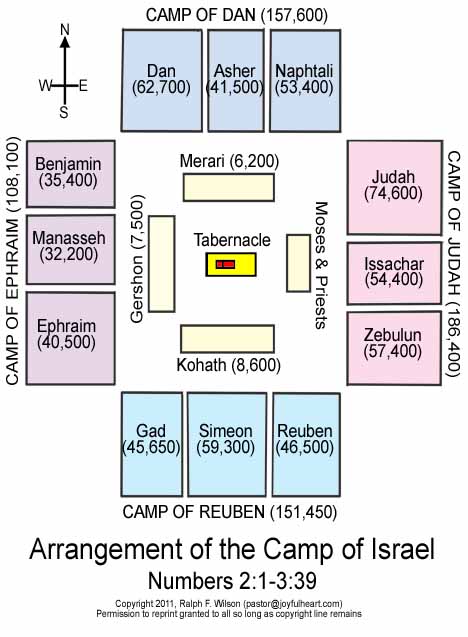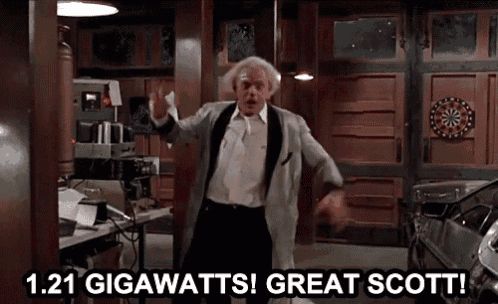|
|
General: DOLAR="MAQUINA DEL TIEMPO"="LEY DE LA RELATIVIDAD DE EINSTEIN"
Escolher outro painel de mensagens |
|
|
|
| Reply |
Message 519 of 519 on the subject |
|
|
|
EL CONEJO ES SIMBOLO DE FERTILIDAD Y SE REPRODUCE CON EL NUMERO DE ORO
LA LEY DE LA RELATIVIDAD DE EINSTEIN TIENE QUE VER CON LA RELATIVIDAD DEL TIEMPO EN FUNCION A LA MASA Y LA VELOCIDAD DE LA LUZ
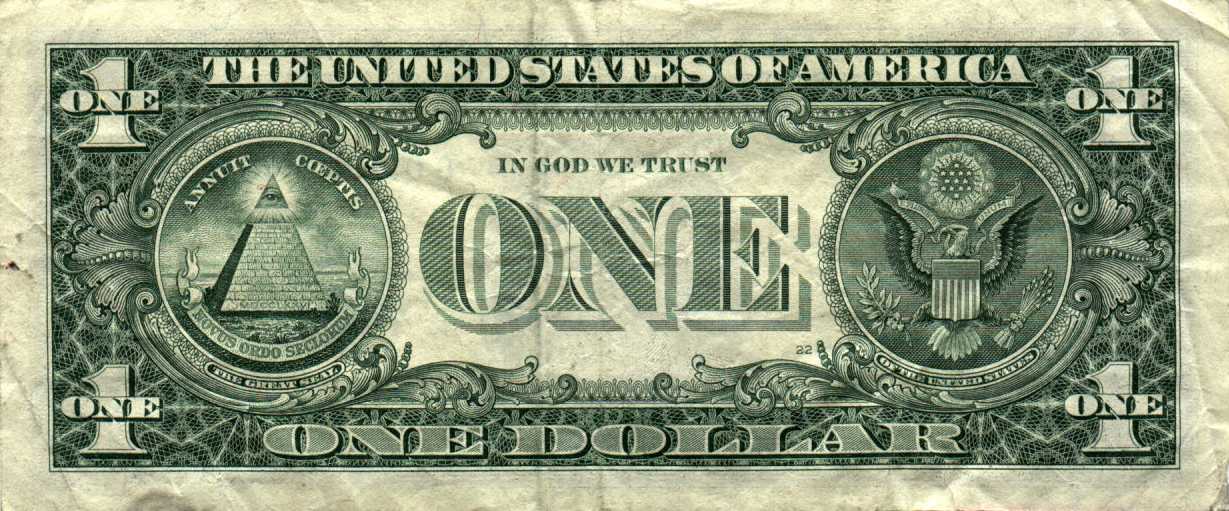
OJO DE RA=LEY DE LA RELATIVIDAD DE EINSTEIN
EL DOLAR MISMO ESTA CONECTADO CON LA "MAQUINA DEL TIEMPO"
|
|
|
|
|
|
VERSICULO BIBLICO QUE "ANTICIPO" INFERNO, ESCRITO POR DAN BROWN
DAN BROWN= SERPIENTE= "AGUJERO DE GUSANO"
NOTEN EL NEXO DE DAN, CON LA SERPIENTE (VENECIA) Y EL CABALLO (PLAZA SAN MARCOS)
7. Génesis 49:17 Será Dan SERPIENTE junto al camino, Víbora junto a la senda, Que muerde los talones del caballo, Y hace caer hacia atrás al jinete.
7. Mateo 23:33 ¡Serpientes, generación de víboras! ¿Cómo escaparéis de la condenación del INFIERNO?
MONTE HERMON (TRIBU DE DAN)
DAN-IEL / PARALELO 33
MON / MOON / LUNA / TRANSFIGURACION
LINAJE DE A-DAN
EL VERDADERO VALOR DE PI, AL ESTAR RELACIONADO CON EL NUMERO PHI Y EL CUATRO EVIDENCIA EL NEXO CON EL SABADO LUNAR, EN EL CONTEXTO AL CUARTO MANDAMIENTO, CUATRO FASES E INCLUSO QUE LA LUNA FUE CREADA EN EL CUARTO DIA. LA CLAVE ES SU NEXO CON EL NUMERO CUATRO.
SABIDURIA= SOPHIA= PHI

MEZQUITA DE SANTA SOFIA EN ESTAMBUL, TURQUIA

|
|
|
|
|
| Reply |
Message 68 of 69 on the subject |
|
|
|
|
| Reply |
Message 69 of 69 on the subject |
|
|
|
|
|
|
|
| Reply |
Message 34 of 34 on the subject |
|
Los Doce Trabajos de Heracles
05
Los Doce Trabajos (Δωδέκαθλος) de Heracles (Hércules según la mitología griega) son una serie de arcaicos episodios relacionados por una narración continua posterior, sobre la penitencia llevada a cabo por Heracles, el mayor de los héroes griegos. El establecimiento de un ciclo fijo de doce trabajos era atribuido por los griegos a un poema épico (hoy perdido) escrito por un tal Peisandros de Rodas, quizás sobre el 600 a. C.
Zeus, tras dejar embarazada a Alcmena, que sería así madre de Heracles, proclamó que el próximo hijo nacido en la casa de Perseo se convertiría en rey. Al oír esto Hera, la esposa de Zeus, hizo que Euristeo naciera dos meses antes, pues pertenecía a la casa de Perseo, al igual que Heracles, a quien hizo nacer con tres meses de retraso. Cuando Zeus advirtió lo que había sucedido montó en cólera, pero, no obstante, su imprudente proclama siguió en pie.
En un ataque de locura provocado por Hera, Heracles mató a su mujer, a sus hijos y a dos de sus sobrinos con sus propias manos. Cuando recuperó la cordura y advirtió lo que había hecho se aisló del mundo, y se fue a vivir solo a las tierras salvajes. Fue hallado por su hermano Ificles y convencido de que visitase el Oráculo de Delfos. En penitencia por esta execrable acción, la Sibila Délfica le dijo que tenía que llevar a cabo una serie de doce trabajos que dispusiera Euristeo, el hombre que había usurpado su legítimo derecho a la corona y a quien más odiaba.
Los Doce Trabajos de Heracles.
1. Matar al León de Nemea y arrancar su piel: El León de Nemea es un monstruo hijo de Ortro y Equidna, y nieto de Tifón. Es hermano de otro monstruo, la Esfinge de Tebas. Hera lo educó y lo situó en la región de Nemea, donde asolaba el país, devorando sus habitantes y ganados. Este león tenía por guarida una caverna con dos accesos, y era invulnerable. Heracles empezó por dispararle flechas, pero sin resultado; entonces amenazándolo con la maza, le obligó a entra en la cueva y obturó una de las entradas. Cogiéndolo luego entre sus brazos, lo ahogó. Muerta ya la fiera, Heracles la despellejó y se revistió con su piel; la cabeza le sirvió de casco. Zeus puso al león entre las constelaciones, para perpetuar la hazaña de Heracles.

2. Matar a la Hidra de Lerna: La Hidra de Lerna, es un monstruo, hijo de Tifón y Equidna. Fue criada por Hera para que sirviese de prueba a Heracles. Hera la crió debajo de un plátano, cerca de la fuente de Amimone. Se representa esta hidra como una serpiente de varias cabezas, cuyo número varía desde cinco o seis hasta cien. El hálito que salía de sus fauces era sumamente mortal, capaz de devastar las cosechas y los ganados del país. Heracles para combatirla recurrió a flechas encendidas; pero también se dice que le cortó las cabezas con una harpe (especie de cimitarra). Le ayudó en esta hazaña su sobrino Yolao. Heracles pidió a Yolao que incendiase el bosque vecino y con los tizones quemaba las heridas de las cabezas cortadas para que no se regenerasen. Así cortó la cabeza del centro, la enterró colocando encina una enorme piedra. Heracles empapó sus flechas con el veneno de la sangre de la Hidra y las convirtió en venenosas.
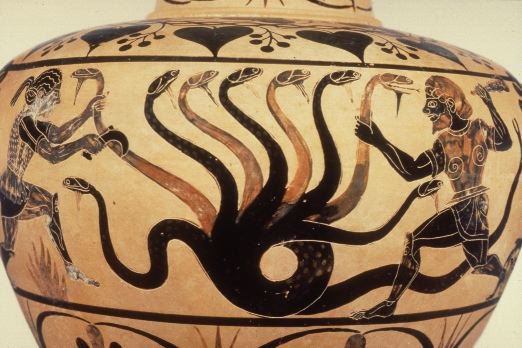
3. Capturar a la Cierva de Cerinea: Euristeo impuso a Heracles la captura de una cierva que habitaba en Énoe. Era un animal de gigantesca talla que asolaba las cosechas. Esta cierva era una de las cinco que Ártemis (Artemisa) había encontrado en otros tiempos paciendo en el monte Liceo. Todas tenían cornamentas doradas y eran más grandes que toros. La diosa se quedó con cuatro, que enganchó a su cuadriga; pero la quinta, por orden de Hera, se refugió en el monte Cirenia. El animal estaba consagrado a Ártemis y se dice que llevaba un collar con la inscripción “Taigeto me ha dedicado a Ártemis”. Esta cierva era muy veloz. Heracles la persiguió un año entero sin alcanzarla; sin embargo, acabó fatigándose y buscó refugio en el monte Artemisia. Como Heracles porfiaba en su persecución, quiso atravesar el río Ladón, en Arcadia. En este momento, Heracles la hirió levemente con una flecha, después de lo cual le fue muy fácil apresarla y cargársela sobre sus hombros. Pero cuando atravesaba Arcadia, encontrase con Ártemis y Apolo; ambas divinidades quisieron quitarle el animal, que les pertenecía; lo acusaron, además de haber tratado de darle muerte, lo cual constituía un sacrilegio. Heracles se salió del apuro cargando la responsabilidad a Euristeo, hasta el extremo que los dioses terminaron devolviéndole la cierva y autorizándolo a proseguir su camino.
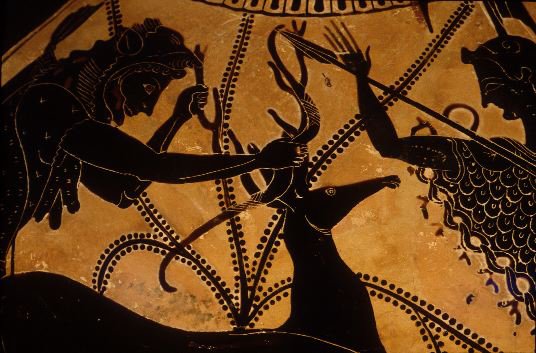
4. Capturar al Jabalí de Erimanto: A continuación, Euristeo envidioso de que Heracles consiguiera realizar los trabajos, le mando traer vivo un monstruoso jabalí que vivía en el Erimanto, ciudad de Grecia. Heracles, con sus gritos, forzó al animal a salir de la zona donde se estaba bañanado, lo empujó hasta una extensión de espesa nieve que cubría el país, consiguió fatigarlo y de este modo lo capturó; finalmente, cargándoselo sobre sus espaldas, regresó a Micenas. Al verlo Euristeo, aterrorizado, se ocultó en una jarra que tenía preparada como refugio en caso de peligro.

5. Limpiar los establos de Augías en un solo día: En el siguiente trabajo, Augías era un rey de Élide, en el Peloponeso. Era hijo del Sol. Había heredado de su padre numerosos rebaños, pero no cuidaba de hacer quitar el estiércol, el cual iba depositándose en los establos, quedando así el suelo privado de abonos y viéndose el país condenado a la esterilidad. Por orden de Euristeo, que quería humillar a Heracles imponiéndole un trabajo servil, hubo de encargarse de limpiar los establos. Antes de hacerlo, estipuló con Augías un salario: Según unos, a entregarle parte de su reino; según otros, la décima parte de sus rebaños. Heracles consiguió realizar la proeza concentran en el patio del establo, tras desviar el curso de los ríos Alfeo y Peneo, haciendo un surco con el azadón y la corriente pudo arrastrar toda la basura del establo. Augías se negó a pagarle, llegando incluso a desterrarlo de su reino. Más tarde éste hubo de emprender una guerra contra él.

6. Matar a los Pájaros del Estínfalo: Las aves que vivían en una espesa selva a orillas del lago Estinfalo, en Arcadia, habían huido en otro tiempo ante una invasión de lobos. Se habían multiplicado en proporciones extraordinarias, hasta el punto de convertirse en una plaga para los países vecinos. Devoraban los frutos de los campos y destruían las cosechas; por esto Euristeo ordenó a Heracles que acabase con ellas. La dificultad estaba en obligarlas a salir de su tupido bosque. Para conseguirlo, Heracles recurrió a unas castañuelas de bronce, que él mismo se fabricó o acaso le dio Atenea, elaboradas por Hefesto. El ruido de este instrumento las asustó, por lo cual abandonaron la espesura, y Heracles pudo derribarlas fácilmente a flechazos.
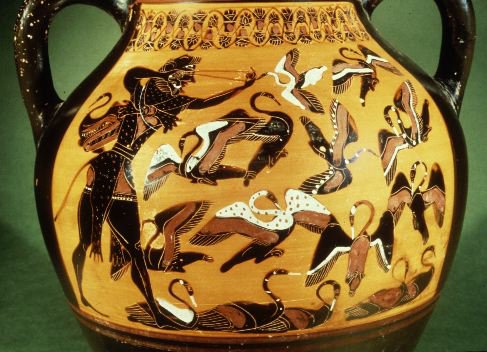
7. Capturar al Toro de Creta: El toro de Creta era un toro milagros salido del mar un día en que Minos había prometido sacrificar a Poseidón lo que apareciese en la superficie de las aguas. Pero Minos, al ver la belleza del toro, lo envió a sus rebaños, y sacrificó al dios otro menos precioso, de lo cual se vengó Poseidón volviendo furioso al animal. Este animal era el que por orden de Euristeo, Heracles había de traer vivo. El héroe pasó, a Creta y pidió la ayuda de Minos; éste se la negó, pero lo autorizó a apresarlo a condición de hacerlo solo. Heracles capturó al toro y regresó con él a Grecia, presentándolo a Euristeo, el cual quiso dedicarlo a Hera, pero la diosa se negó a acertar a un presente ofrecido en nombre de Heracles y soltó a la bestia, que recorrió la Argólida, cruzó el istmo de Corinto y llega al Ática.
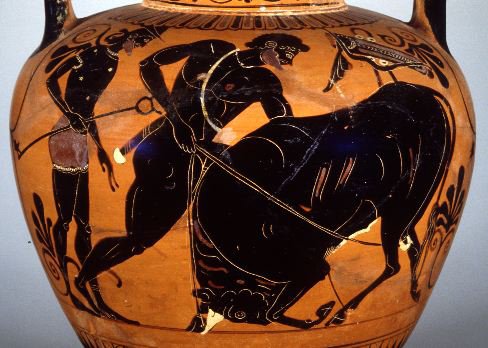
8. Robar las Yeguas de Diomedes: Diomedes era un rey de Tracia propietario de unas yeguas que se nutrían de carne humana. Eran cuatro, llamadas Podarlo, Lampón, Janto y Deino. En esta prueba a la que Heracles debería someterse, consistía en dirigirse hacia la región de Tracia solo por vía terrestre y Heracles para conseguirlo tuvo que matar al rey, y darles de comer la carne de su amo, después de lo cual, las yeguas, saciadas, se dejaron conducir sin dificultad, y al llevarlas al mar, mataron a un compañero de Heracles pisoteándolo.
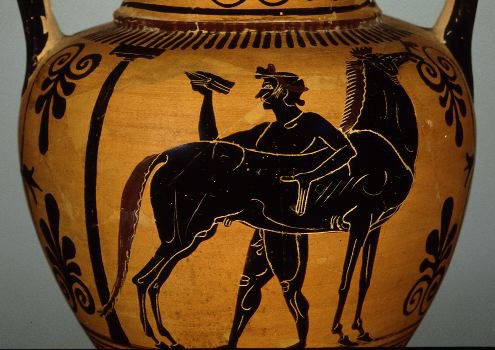
9. Robar el Cinturón de Hipólita: A petición de Admite, hija de Euristeo, Heracles se dirigió al reino de las Amazonas a la conquista del cinturón de su Reina, Hipólita. Este cinturón era del propio Atres, que se lo había dado a Hipólita para simbolizar el poder que ella poseía sobre su pueblo. Heracles se embarcó con varios compañeros voluntarios en una sola nave, y tras numerosas aventuras llego al puerto de Temiscira, que es el país de las Amazona. Allí Hipólita consiente de buen grado en cederle su cinturón, pero Hera, disfrazada de amazona, suscita una disputa entre Heracles y las amazonas. Se entabla una batalla campal, y Heracles, creyéndose traicionado, da muerte a Hipólita. En el camino de retorno, Heracles se enfrentó aún con nuevas aventuras, especialmente en la costa troyana. Así se vio realizado el sueño de la hija de Euristeo que había soñado durante mucho tiempo con poseer el maravilloso cinturón de Hipólita.

10. Robar el Ganado de Gerión: Gerión, hijo de Crisol, poseía inmensas manadas de bueyes, que guardaba su pastor Euritión en la isla de Eritia. Euritión tenía como auxiliar al monstruo perro Ortro, nacido de Tifón y Equidna. Allí Euristeo envió a Heracles con la orden de traerle los preciosos bueyes. Heracles viajó a los confines occidentales de la Tierra, donde hoy se sitúa España, lugar en el que vivía un monstruo de tres cabezas llamado Gerión, que poseía los rebaños de bueyes más ricos del mundo. Heracles pudo arrebatarle sus rebaños, dando muerte al gigante Gerión al aporrearlo con su clava. Finalmente, al término del viaje, Heracles presentó a Euristeo el rebaño, y éste lo sacrificó a Hera.

11. Robar las manzanas del Jardín de las Hespérides: El Jardín de las Hespérides era donde vivían las tres hijas de Atlas y Hesperis, llamadas Aegle “Resplandeciente”, Eritia “Roja” y Hesperaretusa “Aretusa de Poniente”, las cuales estaban encargadas, junto con el dragón Ladón, hijo de Tifón y Equidna; de custodiar las manzanas de oro que Gea entregó a Hera el día de su boda, estas manzanas daban la inmortalidad a quien las comía. Dichas frutas eran las manzanas de oro que Euristeo ordenó a Heracles le trajese. El Jardín de las Hespérides se ubica al Oeste de Libia, al pie del Atlas, en el país de los Hiperbóreos. Heracles emprendió el viaje se encontró con Cicno, con Nereo, Anteo, liberó a Prometeo, en agradecimiento le aconsejó que no cogiera por su propia mano las manzanas maravillosas, y que encomendará esta misión a Atlas. Finalmente llegó al país de los Hiperbóreos, Heracles encontró a Atlas y le ofreció aliviarlo de su carga el tiempo que necesitara para ir a recoger tras manzanas de oro en el Jardín de las Hespérides. Atlas asintió de buen grado; él mismo llevaría los frutos a Euristeo, y entretanto el héroe seguiría sosteniendo la bóveda celeste. Éste simuló consentir en ello; sólo pidió a Atlas que lo descargarse por un momento, el tiempo necesario para ponerse una almohada en los hombros. El gigante aceptó sin recelo, pero Heracles tan pronto se vio libre, cogió las manzanas que Atlas había dejado en el suelo y emprendió la fuga. Después se las llevó a Euristeo, pero éste no sabía qué hacer con ellas, las devolvió al héroe, quien finalmente se las ofreció a Atenea.

12. Capturar a Cerbero y sacarlo de los Infiernos: El siguiente trabajo impuesto a Heracles por Euristeo consistió en enviarle a los Infiernos con la orden de que le trajese de allí el perro Cerbero. Heracles, pese a su valor, no habría podido salir con bien de esta empresa, si, por mandato de Zeus, no le hubiesen ayudado Hermes y Atenea. Heracles bajo por la Boca del Infierno, al verlo llegar, los muertos sintiendo miedo huyeron; sólo dos le aguardaron: La Gorgona Medusa y el héroe Meleagro. También liberó a Teso, Ascálafo. Heracles llegó a presencia de Hades y le pidió autorización para llevarse a Cerbero. El dios accedió, pero con la condición de que había de dominar al animal sin recurrir a sus armas habituales, revestido simplemente con su coraza y su piel de león. El héroe atacó a Cerbero, lo agarró por el cuello y, a pesar de que el rabo del perro, que acababa en una especie de dardo como el de un escorpión, le picó repetidas veces, no soltó la presa hasta que la tuvo dominada. Al ver a Cerbero, Euristeo experimentó tal terror que corrió a ocultarse en su jarra. No sabiendo qué hacer con el perro, Heracles lo devolvió a su dueño, Hades.
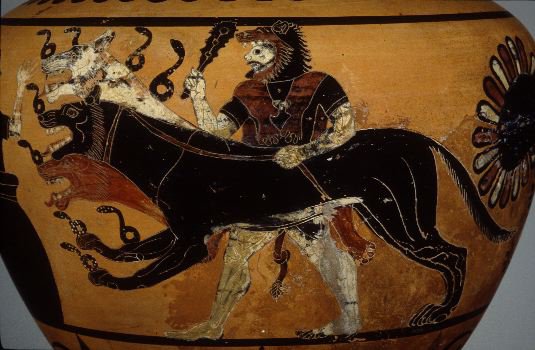
Hércules estaba casado con Deyanira, hija de Eneo, rey de Calidón; hermana de Meleagro. El centauro Niso, a quien Hércules había matado con sus flechas por haber querido abusar de Deyanira, antes de morir le había dado una droga en la que entraba sangre suya envenenada, (las flechas de Hércules estaban contagiadas con la sangre de la hidra de Lerna), diciéndole que se trataba de un filtro amoroso, por si alguna vez su marido le era infiel o dejaba de amarla. Cuando Hércules se enamoró de Yole, Deyanira, movida por los celos, le envió una túnica teñida con la droga; Hércules sintió un dolor horrible y decidió morir. Preparó una pira y su cuerpo quedó reducido a cenizas. El lugar de su muerte era la ribera del río Traquis, río que da sus aguas cálidas a las Termópilas, lugar así llamado por sus aguas termales. La obra Traquimias de Sófocles, recoge los episodios de la muerte y glorificación de Hércules. Griegos y romanos le tuvieron en el número de sus dioses. El emperador Cómodo se revistió con los atributos de Hércules en su divinización. Ya entre los dioses Hera/Juno le reconoció como hijo. La leyenda le atribuye más de setenta hijos.

Relieve romano del Siglo III d.C. que muestra de forma secuenciada los 12 Trabajos de Hércules.
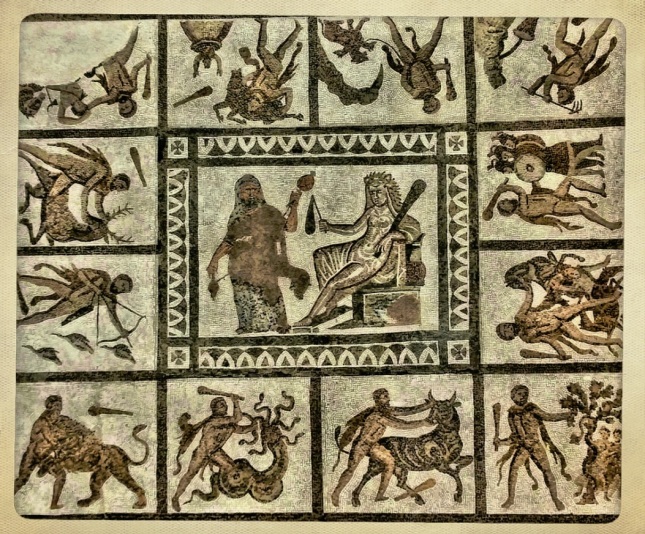
Mosaico romano de los Doce Trabajos de Hércules (Fotografía realizada en el Museo Arqueológico Nacional de Madrid).
https://laexuberanciadehades.wordpress.com/2014/08/05/los-doce-trabajos-de-heracles/ |
|
|
|
|
|
|
|
|
|
|
EL MISMO RELOJ ES EL NEXO CON LA INDEPENDENCIA EN FILADELFIA DE LOS ESTADOS UNIDOS (13 ESTADOS/ SANTA CENA)
| Reply |
Message 113 of 114 on the subject |
|
|
|
|
| Reply |
Message 114 of 114 on the subject |
|
|
|
|
|
|
|
|
. Juan 16:21 La mujer cuando da a luz, tiene dolor, porque ha llegado su HORA; pero después que ha dado a luz un niño, ya no se acuerda de la angustia, por el gozo de que haya nacido un hombre en el mundo.
|
|
|
|
|
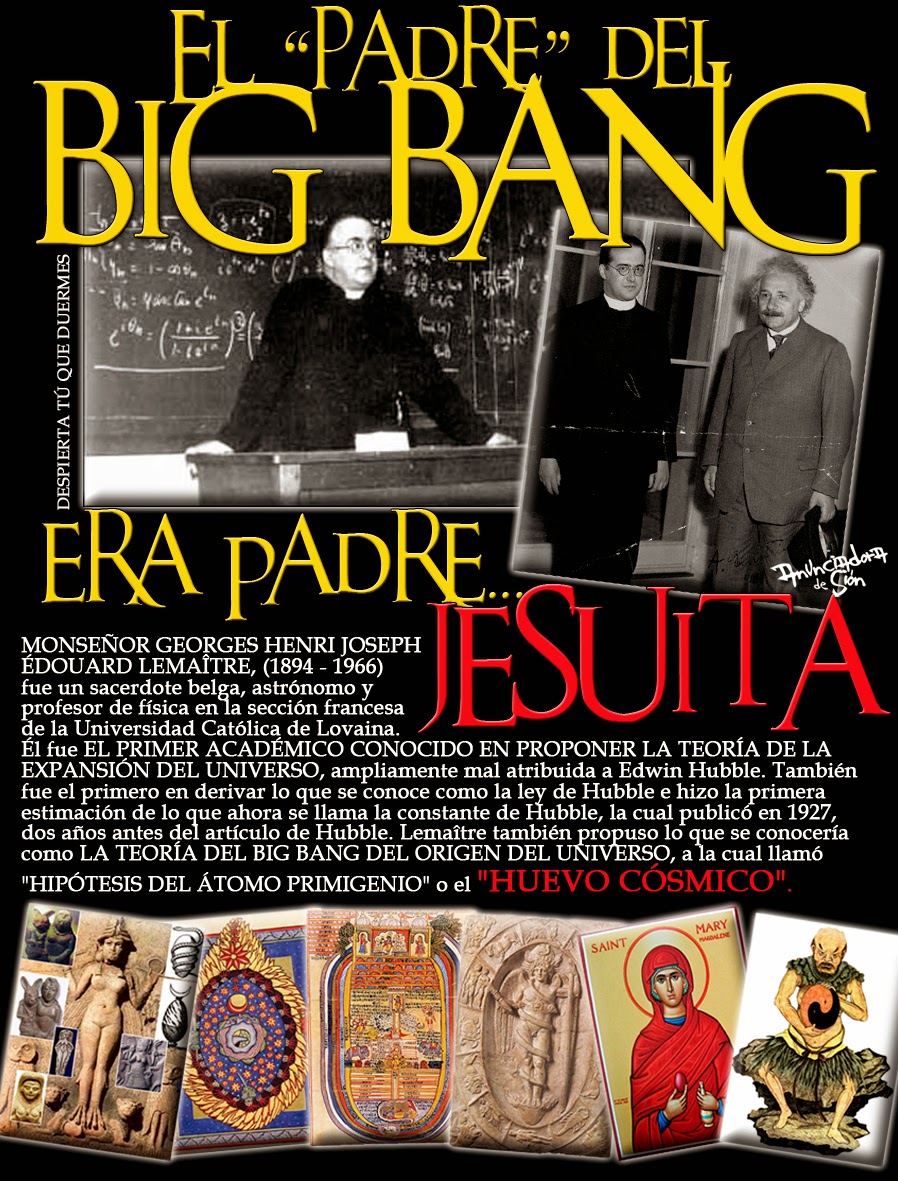 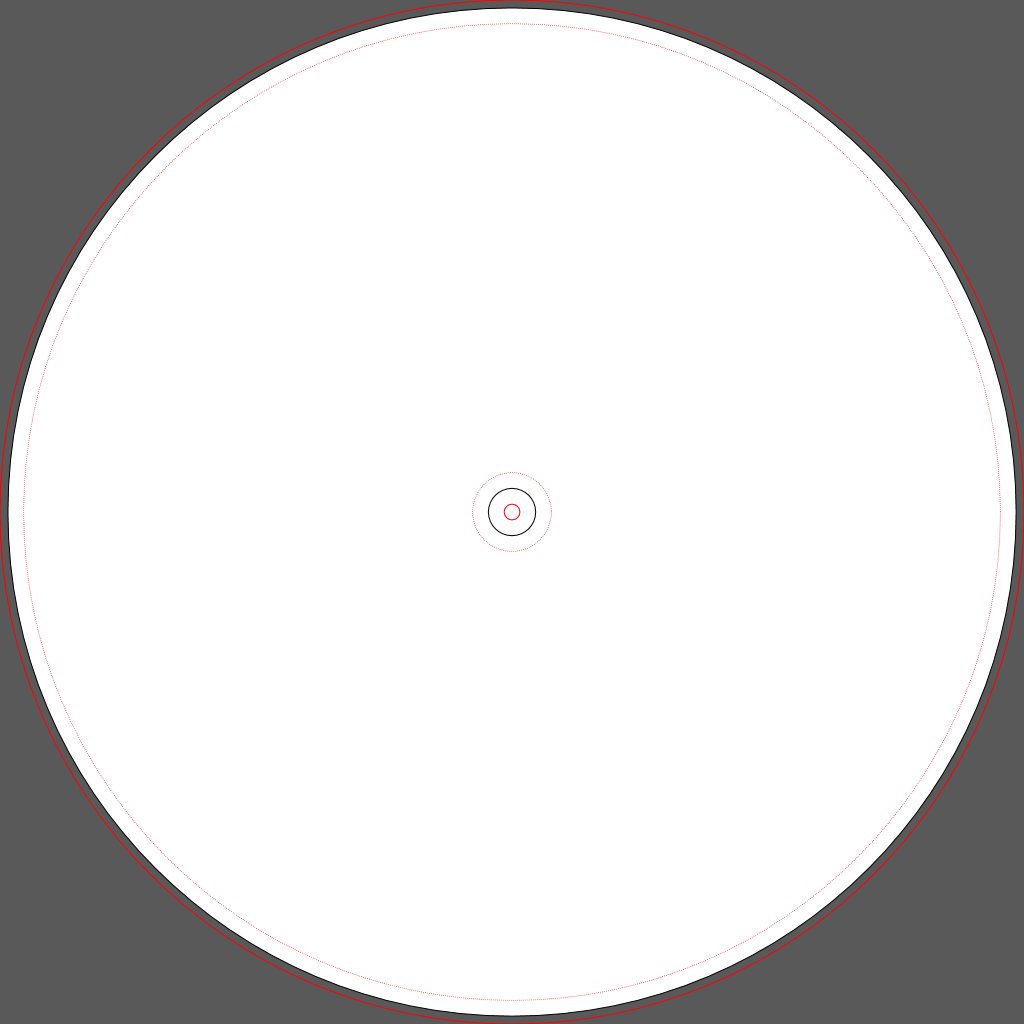


11 DE SEPTIEMBRE O SEPTIEMBRE 11
11/9 O 9/11
Sapientia Aedificavit Sibi Domum. Es decir, "la sabiduría ha edificado aquí su casa". Resulta curioso que la misma frase aparece en el Evangelio de María Magdalena, un texto apócrifo. Se dice que en el interior de esta iglesia y de otras muchas de Venecia está escondido el tesoro de los templarios. Pero no hay ninguna prueba de ello. Para terminar ya con esta entrada me gustaría que nos acercásemos un momento a uno de los edificios más emblemáticos de Venecia: el Palacio Ducal.

La Maddalena

La Maddalena

Tomb of Tommaso Temanza

ISLA SAN GIORGIO (VENECIA)=GEORGE LEMAITRE
GEMATRIA EN INGLES DE SEED=33
GEMATRIA EN INGLES DE GATE=33
SARA (CE-SAREA DE FILIPO)=PARALELO 33
"¡Oh profundidad de las riquezas de la sabiduría (sophia)
y de la ciencia (gnwsiV, gnosis) de Dios!
¡Cuán incomprensibles son sus juicios, e inescrutables sus caminos!"
(Romanos, 11: 33).
 the Apple
| milky way in Simple Gematria Equals: 119 |
( |
m 13 |
i9 |
l 12 |
k 11 |
y 25 |
0 |
w 23 |
a1 |
y 25 |
) |
| queen mary in Simple Gematria Equals: 119 |
( |
q 17 |
u 21 |
e5 |
e5 |
n 14 |
0 |
m 13 |
a1 |
r 18 |
y 25 |
|
| hebrew calendar in Simple Gematria Equals: 119 |
( |
h8 |
e5 |
b2 |
r 18 |
e5 |
w 23 |
0 |
c3 |
a1 |
l 12 |
e5 |
n 14 |
d4 |
a1 |
r 18 |
| mary magdalene in Simple Gematria Equals: 119 |
( |
m 13 |
a1 |
r 18 |
y 25 |
0 |
m 13 |
a1 |
g7 |
d4 |
a1 |
l 12 |
e5 |
n 14 |
e5 |
|

|
|
|
|
|
BABILONIA LA RAMERA ES UNA MUJER Y ES LA MISMA BESTIA
BABILONIA LA RAMERA ES UNA MUJER Y ES LA MISMA BESTIA
PARA NO CREER PERO ESTO ES ASI. LA RELACION DEL DINERO / MONEY / MOON / CON LA LUNA EN EL CONTEXTO A LA TRANSFIGURACION EN EL MONTE HERMON / MON / LUNA EN LA TRIBU DE DAN / DINERO / SERPIENTE. TODO ES UN NEXO CON LA TRANSFIGURACION DEL SEÑOR. DINERO ES TIEMPO MISMO.
ES OBVIO EL NEXO DE LA SERPIENTE CON LA MUJER
NOTEN EL NEXO DE DAN, CON LA SERPIENTE (VENECIA) Y EL CABALLO (PLAZA SAN MARCOS)
7. Génesis 49:17 Será Dan SERPIENTE junto al camino, Víbora junto a la senda, Que muerde los talones del caballo, Y hace caer hacia atrás al jinete.
 1200 1200
|
|
|
|
|
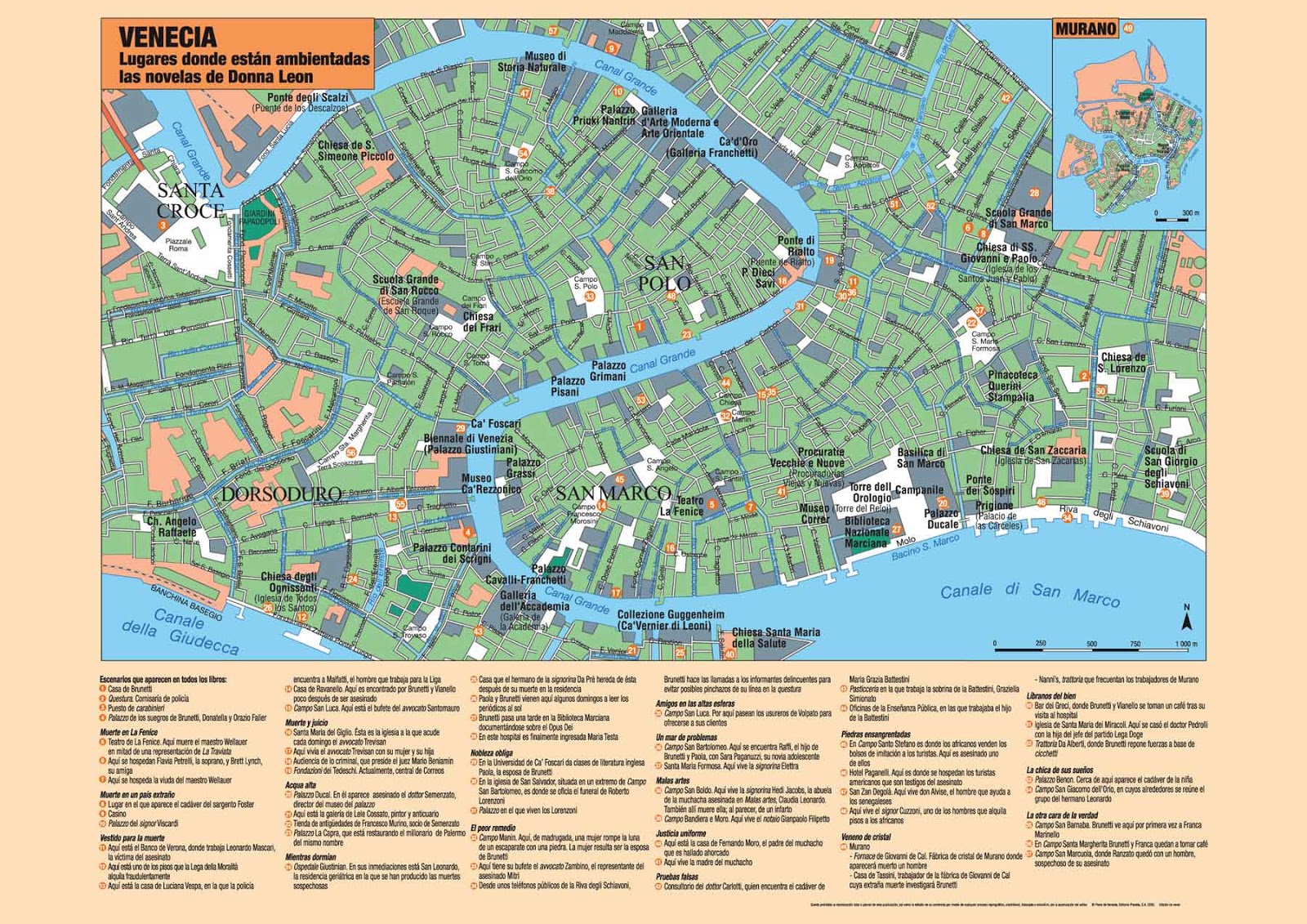
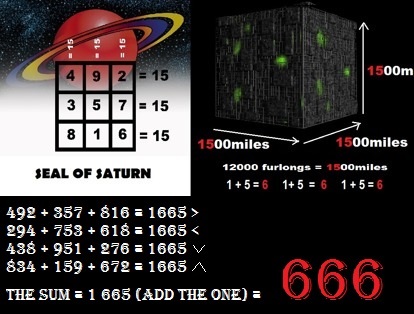

https://es.wikipedia.org/wiki/Albert_Einstein
Albert Einstein (en alemán [ˈalbɛɐ̯t ˈaɪnʃtaɪn]; Ulm, Imperio alemán, 14 de marzo de ... En 1915 presentó la teoría de la relatividad general, en la que reformuló por completo el concepto de gravedad. ...... Einstein, Albert (1905e) [manuscrito recibido 27 de septiembre 1905], «Ist die Trägheit eines Körpers von seinem ...
rpp.pe › Lima
27 sep. 2015 - ... primera vez su Teoría de la Relatividad Especial, también llamada restringida; y en 1960, muere el ... 27 de septiembre del 2015 - 12:01 AM ...
ar.tuhistory.com/etiquetas/teoria-de-la-relatividad
Albert Einstein publica la teoría general de la relatividad ... De la teoría especial de la relatividad se deduce su famosa ecuación E=mc2, ... 27-09-1905 D.C..
https://www.gabitos.com/DESENMASCARANDO_LAS_FALSAS.../template.php?...
7 ene. 2014 - En 1905 Einstein publicó su teoría de la relatividad especial, que ...... Einstein presentó a los editores de Annalen el 27 de septiembre del ...
MATT 16:18 is an in your face glyph for the golden mean ratio 1.618
(“MATT” is pun of “MATTER”)
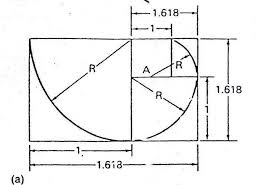
Golden Mean ratio of 1.618

The Golden Mean and the Equilateral Triangle in a Circle; THE CRUCIAL FACT IS THE MIDPOINT OF THE TRIANGLE SIDE
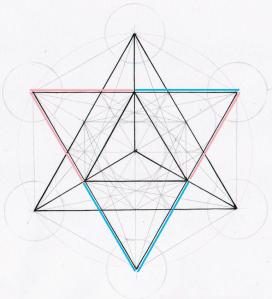
Star Tetrahedron, formed by the MIDPOINTS OF THE CENTRAL EQUILATERAL TRIANGLE (the blue and rose colored lines indicate these midpoint halves)
Saint Mary Magdalene in Venice
 A closer look 
 the Apple
|
|
|
|
|

salt lake city=alchemy (salt)=dollar=$
Cathedral of the Madeleine
From Wikipedia, the free encyclopedia
The Cathedral of the Madeleine is a Roman Catholic church in Salt Lake City, Utah, United States. It was completed in 1909 and currently serves as the cathedral, or mother church, of the Diocese of Salt Lake City. It is the only cathedral in the U.S. under the patronage of St. Mary Magdalene.
Description[edit]
The cathedral was built under the direction of Lawrence Scanlan, the first bishop of Salt Lake City, who dedicated it to St. Mary Magdalene.[2] It was designed by architects Carl M. Neuhausen and Bernard O. Mecklenburg. The exterior is predominantly a Neo-Romanesque design, while the inside displays more Neo-Gothic details. Construction began in 1900 and was completed in 1909. It was dedicated by James Cardinal Gibbons, Archbishop of Baltimore.
It is theorized that Bishop Scanlan chose Mary Magdalene as the patron saint of the Diocese of Salt Lake because her feast day is on July 22, two days before Pioneer Day, a celebration commemorating the arrival of the Mormon pioneers in Salt Lake Valley, so that Catholics would have something to celebrate alongside the region's dominant faith.[3]
The interior of the cathedral was created under the direction of Joseph S. Glass, the second bishop of Salt Lake. Bishop Glass enlisted John Theodore Comes, one of the preeminent architects in the country, to decorate the interior of the cathedral. His plans for the interior were largely based upon the Spanish Gothic style. The colorful murals and polychrome were added at this time, as were the ornate shrines. In 1916, Bishop Glass also changed the name of the cathedral to the French spelling after visiting her purported tomb.[2]
In the 1970s, the exterior of the building was restored, and between 1991 and 1993, the interior of the cathedral was renovated and restored under Bishop William K. Weigand. This included not only the removal of dust and dirt and restoration of the interior but also changes to the liturgical elements of the cathedral to bring them into conformity with certain widespread changes in liturgical practice that developed after the Second Vatican Council.
This included constructing a new altar, moving the cathedra, creating a separate chapel for the Blessed Sacrament, and adding an ample baptismal font. The Blessed Sacrament Chapel also contains the tomb of Bishop Scanlan.[4] Resting atop the tomb is a case containing a small relic of Saint Mary Magdalene. The cathedral in Salt Lake City and the Basilica of Saint-Maximin-la-Sainte-Baume in France are the only cathedrals in the world holding first-class relics of the saint and are named in her honor.[5] The major restoration of the interior of the cathedral was accomplished through the vision of Monsignor M. Francis Mannion.[6]
The cathedral is home to the only co-educational Catholic Choir School in the United States. The Madeleine Choir School, established in 1996, now serves over 400 students in Pre-Kindergarten through Grade Eight.[7] The Cathedral Choir has recorded several CDs and routinely tours both nationally and internationally. In addition to singing daily services at the Cathedral of the Madeleine, choristers have sung at St. Peter's Basilica (Vatican City), Notre Dame de Paris (France), and in churches across the United States of America, Spain, Italy, France, Belgium, and Germany, among other places.[8]
Composer Amédée Tremblay notably served as the church's organist from 1920 to 1925.[9]
-
-
Cathedral of the Madeleine, looking east
-
Interior of the cathedral
-
   |
|
|
|
|

Jordan River (Utah)
From Wikipedia, the free encyclopedia
The Jordan River, in the state of Utah, United States, is a river about 51 miles (82 km) long. Regulated by pumps at its headwaters at Utah Lake, it flows northward through the Salt Lake Valley and empties into the Great Salt Lake. Four of Utah's six largest cities border the river: Salt Lake City, West Valley City, West Jordan, and Sandy. More than a million people live in the Jordan Subbasin, part of the Jordan River watershed that lies within Salt Lake and Utah counties. During the Pleistocene, the area was part of Lake Bonneville.
Members of the Desert Archaic Culture were the earliest known inhabitants of the region; an archaeological site found along the river dates back 3,000 years. Mormon pioneers led by Brigham Young were the first European American settlers, arriving in July 1847 and establishing farms and settlements along the river and its tributaries. The growing population, needing water for drinking, irrigation, and industrial use in an arid climate, dug ditches and canals, built dams, and installed pumps to create a highly regulated river.
Although the Jordan was originally a cold-water fishery with 13 native species, including Bonneville cutthroat trout, it has become a warm-water fishery where the common carp is most abundant. It was heavily polluted for many years by raw sewage, agricultural runoff, and mining wastes. In the 1960s, sewage treatment removed many pollutants. In the 21st century, pollution is further limited by the Clean Water Act, and, in some cases, the Superfund program. Once the home of bighorn sheep and beaver, the contemporary river is frequented by raccoons, red foxes, and domestic pets. It is an important avian resource, as are the Great Salt Lake and Utah Lake, visited by more than 200 bird species.
Big Cottonwood, Little Cottonwood, Red Butte, Mill, Parley's, and City creeks, as well as smaller streams like Willow Creek at Draper, Utah, flow through the sub-basin. The Jordan River Parkway along the river includes natural areas, botanical gardens, golf courses, and a 40-mile (64 km) bicycle and pedestrian trail, completed in 2017.[6]
The Jordan River is Utah Lake's only outflow. It originates at the northern end of the lake between the cities of Lehi and Saratoga Springs. It then meanders north through the north end of Utah Valley for approximately 8 miles (13 km) until it passes through a gorge in the Traverse Mountains, known as the Jordan Narrows. The Utah National Guard base at Camp Williams lies on the western side of the river through much of the Jordan Narrows.[7][8] The Turner Dam, located 41.8 miles (67.3 km) from the river's mouth (or at river mile 41.8) and within the boundaries of the Jordan Narrows, is the first of two dams of the Jordan River. Turner Dam diverts the water to the right or easterly into the East Jordan Canal and to the left or westerly toward the Utah and Salt Lake Canal. Two pumping stations situated next to Turner Dam divert water to the west into the Provo Reservoir Canal, Utah Lake Distribution Canal, and Jacob-Welby Canal. The Provo Reservoir Canal runs north through Salt Lake County, Jacob-Welby runs south through Utah County. The Utah Lake Distribution Canal runs both north and south, eventually leading back into Utah Lake.[9] Outside the narrows, the river reaches the second dam, known as Joint Dam, which is 39.9 miles (64.2 km) from the river's mouth. Joint Dam diverts water to the east for the Jordan and Salt Lake City Canal and to the west for the South Jordan Canal.[10][11][12]
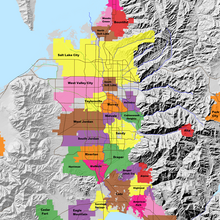
Map of the Salt Lake Valley
The river then flows through the middle of the Salt Lake Valley, initially moving through the city of Bluffdale and then forming the border between the cities of Riverton and Draper.[7] The river then enters the city of South Jordan where it merges with Midas Creek from the west. Upon leaving South Jordan, the river forms the border between the cities of West Jordan on the west and Sandy and Midvale on the east. From the west, Bingham Creek enters West Jordan. Dry Creek, an eastern tributary, combines with the main river in Sandy. The river then forms the border between the cities of Taylorsville and West Valley City on the west and Murray and South Salt Lake on the east. The river flows underneath Interstate 215 in Murray. Little and Big Cottonwood Creeks enter from the east in Murray, 21.7 miles (34.9 km) and 20.6 miles (33.2 km) from the mouth respectively. Mill Creek enters on the east in South Salt Lake, 17.3 miles (27.8 km) from the mouth. The river runs through the middle of Salt Lake City, where the river travels underneath Interstate 80 a mile west of downtown Salt Lake City and again underneath Interstate 215 in the northern portion of Salt Lake City. Interstate 15 parallels the river's eastern flank throughout Salt Lake County. At 16 miles (26 km) from the mouth, the river enters the Surplus Canal channel. The Jordan River physically diverts from the Surplus Canal through four gates and heads north with the Surplus Canal heading northwest. Parley's, Emigration, and Red Butte Creeks converge from the east through an underground pipe, 14.2 miles (22.9 km) from the mouth.[7] City Creek also enters via an underground pipe, 11.5 miles (18.5 km) from the river's mouth. The length of the river and the elevation of its mouth varies year to year depending on the fluctuations of the Great Salt Lake caused by weather conditions. The lake has an average elevation of 4,200 feet (1,300 m) which can deviate by 10 feet (3.0 m).[3] The Jordan River then continues for 9 to 12 miles (14 to 19 km) with Salt Lake County on the west and North Salt Lake and Davis County on the east until it empties into the Great Salt Lake.[7][8][11]
Discharge[edit]
The United States Geological Survey maintains a stream gauge in Salt Lake City that shows annual runoff from the period 1980–2003 is just over 150,000 acre-feet (190,000,000 m3) per year or 100 percent of the total 800,000 acre-feet (990,000,000 m3) of water entering the Jordan River from all sources. The Surplus Canal carries almost 60 percent of the water into the Great Salt Lake, with various irrigation canals responsible for the rest. The amount of water entering the Jordan River from Utah Lake is just over 400,000 acre-feet (490,000,000 m3) per year. Inflow from the 11 largest streams feeding the Jordan River, sewage treatment plants, and groundwater each account for approximately 15 percent of water entering the river.[13]
Watershed[edit]
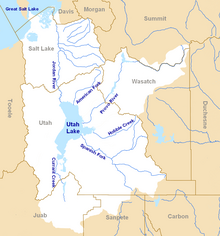
Map of the entire Jordan River Basin
|
|
|
|
|
Astronomical alignment[edit]
Looking east through nave on 23 June 1976, two days after the summer solstice Mary Magdalene's relics in the crypt
In 1976, Hugues Delautre, one of the Franciscan fathers charged with stewardship of the Vézelay sanctuary, discovered that beyond the customary east-west orientation of the structure, the architecture of La Madeleine incorporates the relative positions of the Earth and the Sun into its design. Every June, just before the feast day of Saint John the Baptist, the astronomical dimensions of the church are revealed as the sun reaches its highest point of the year, at local noon on the summer solstice, when the sunlight coming through the southern clerestory windows casts a series of illuminated spots precisely along the longitudinal center of the nave floor.[13][14][15][16][17]
|
|
|
|
|
In ‘Back to the Future’ (1985) you can see a portrait of Thomas Edison in Doc’s house when Marty travels back to 1955. This was a good prop to illustrate the time period, as no modern scientist like Doc would ever respect a degenerate conman like Edison.
https://www.reddit.com/r/shittymoviedetails/comments/getr2d/in_back_to_the_future_1985_you_can_see_a_portrait/?rdt=45765
In Back to the Future, Doc displays pictures of Newton, Franklin, Edison, and Einstein in his 1955 home while discussing time travel with Marty. All men whose work influenced Doc's invention.
https://www.reddit.com/r/MovieDetails/comments/c6n0bu/in_back_to_the_future_doc_displays_pictures_of/
|
|
|
 Primeira Primeira
 Anterior
107 a 121 de 121
Seguinte Anterior
107 a 121 de 121
Seguinte
 Última
Última

|
|
| |
|
|
©2025 - Gabitos - Todos os direitos reservados | |
|
|






















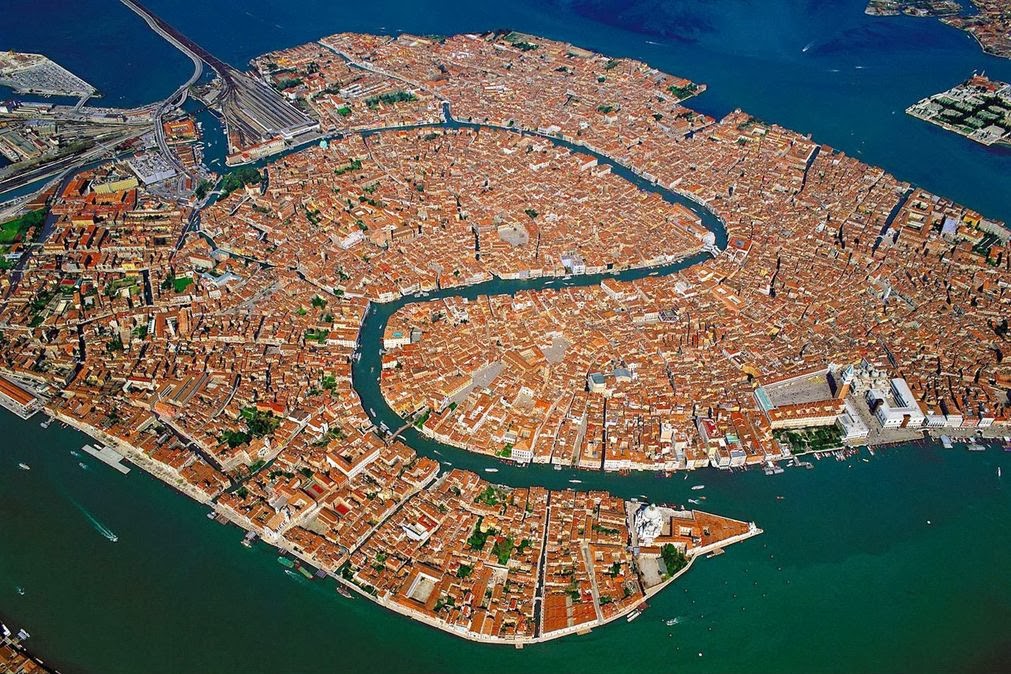
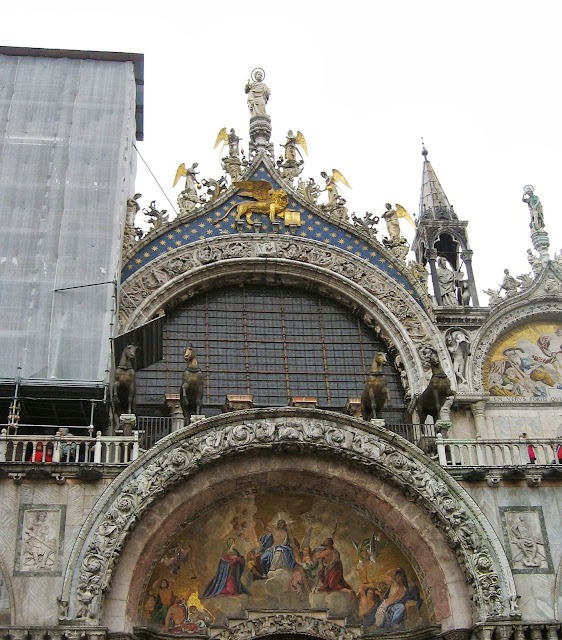





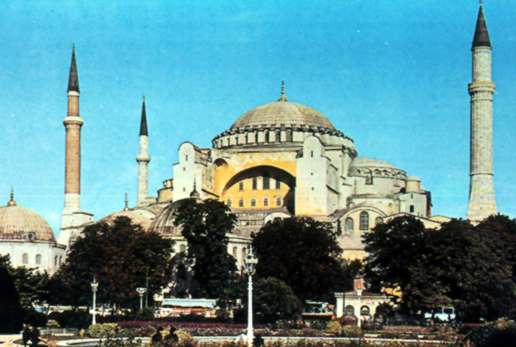


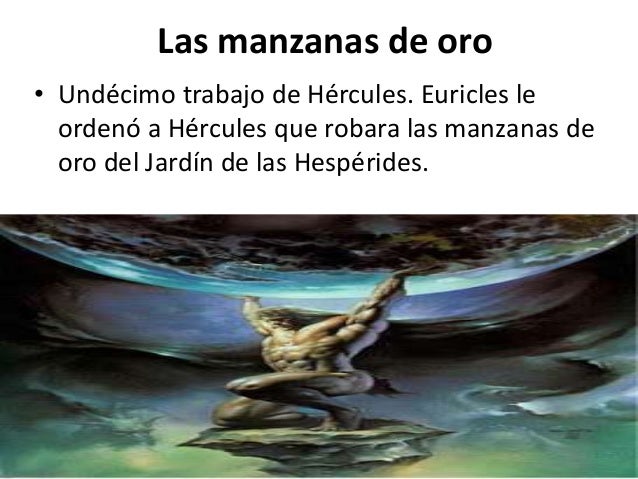















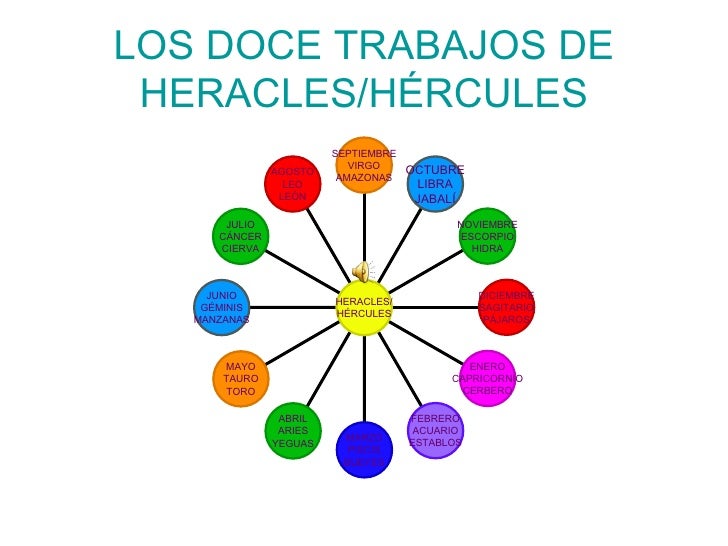






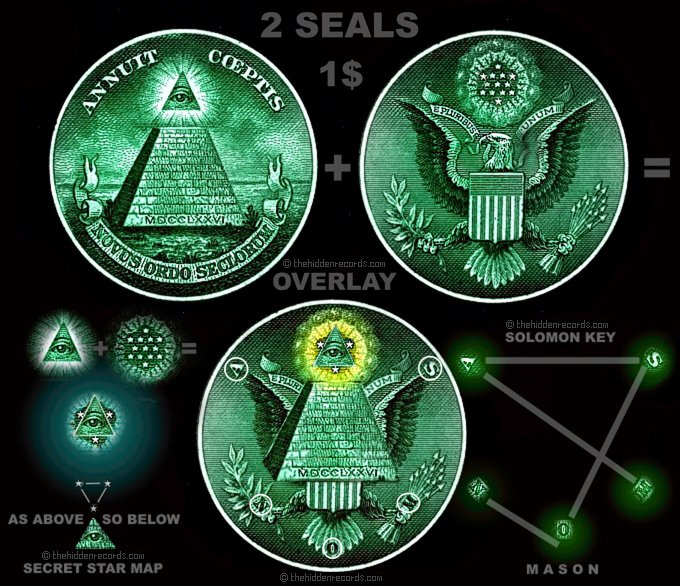
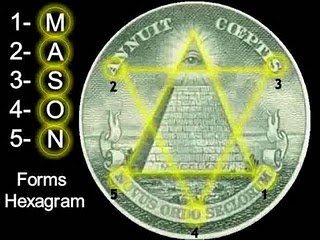

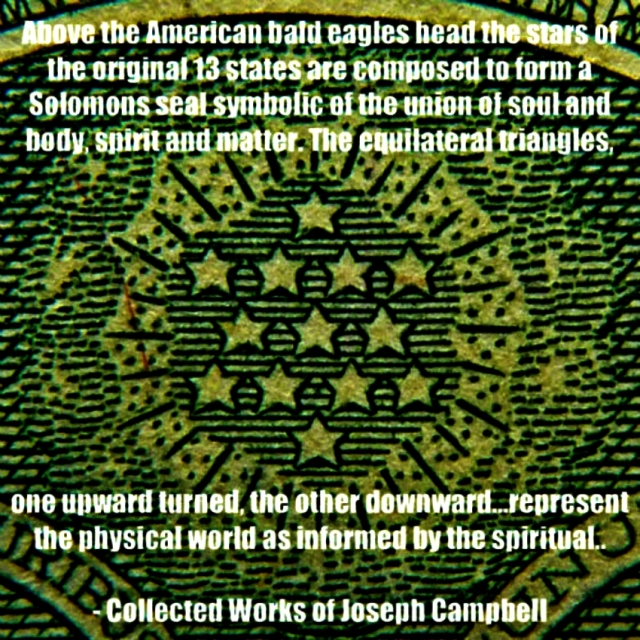
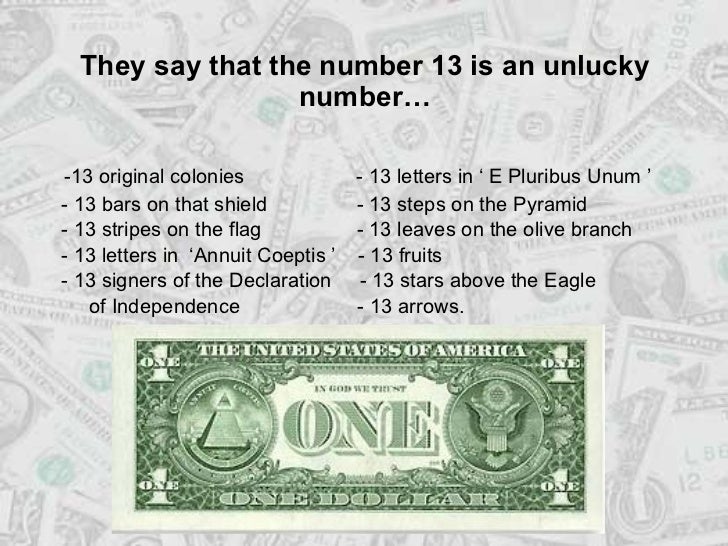

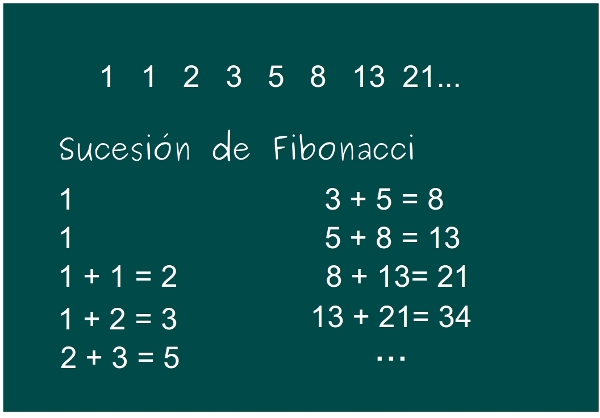

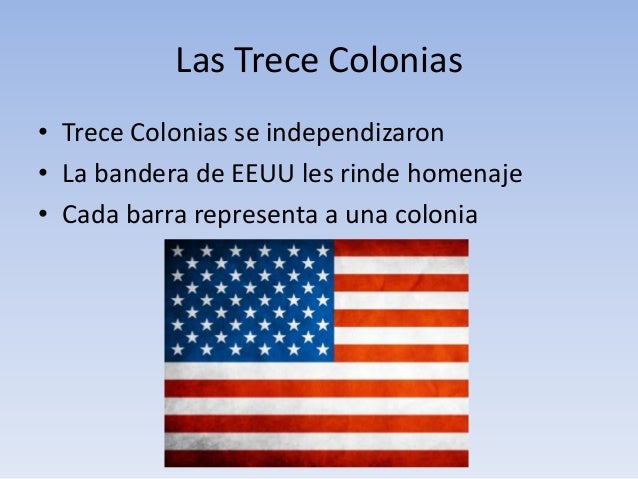










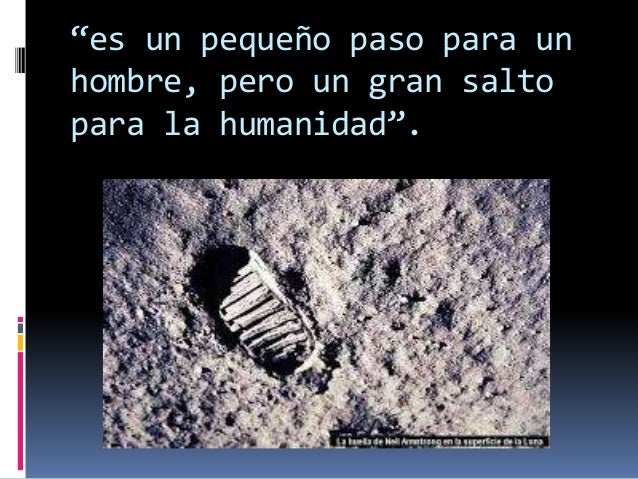







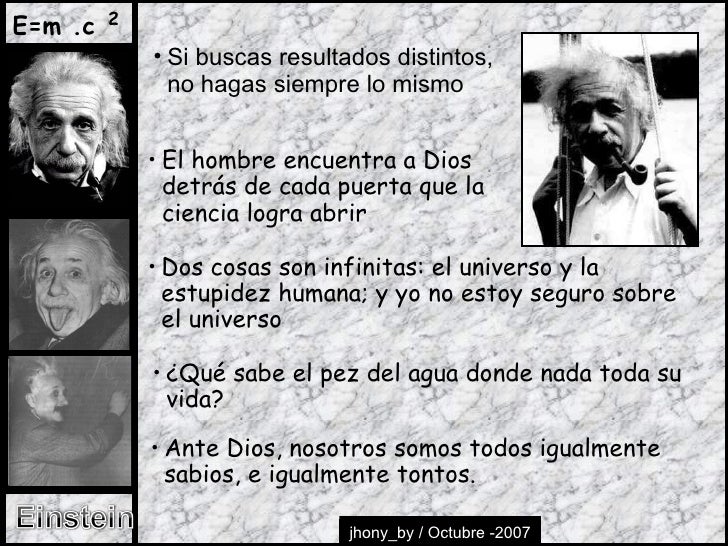


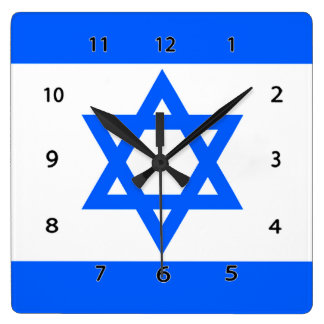


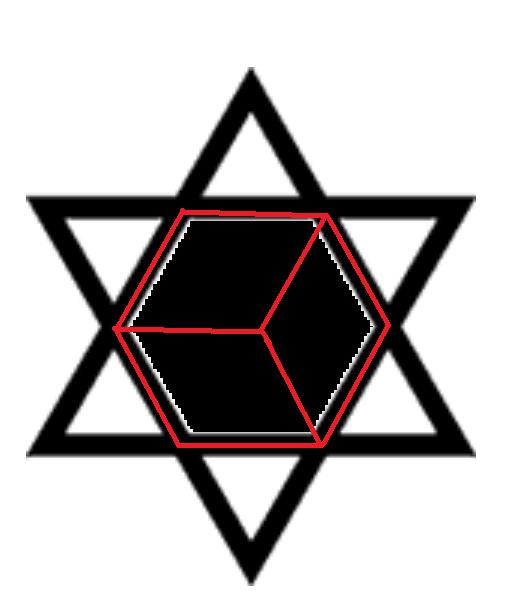

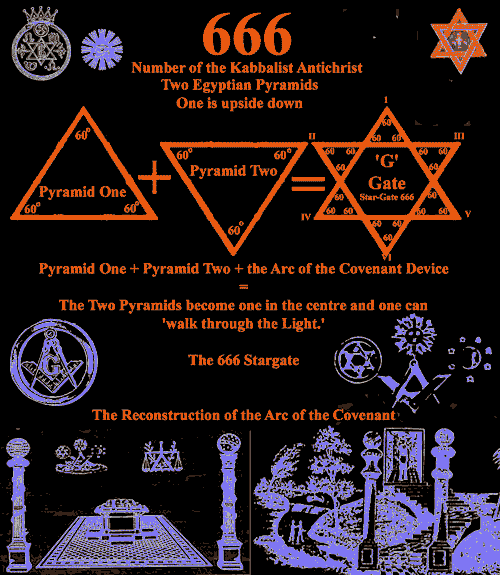


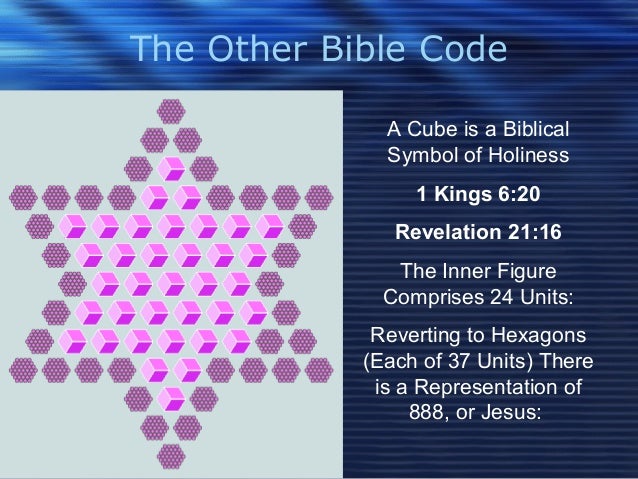


















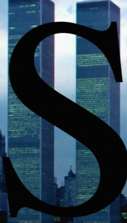




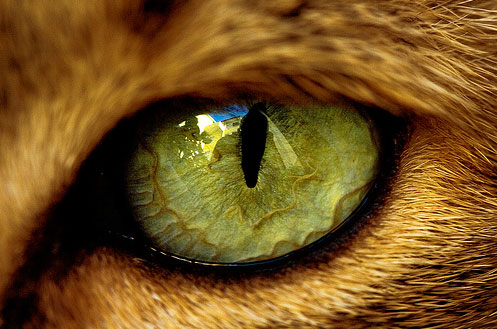


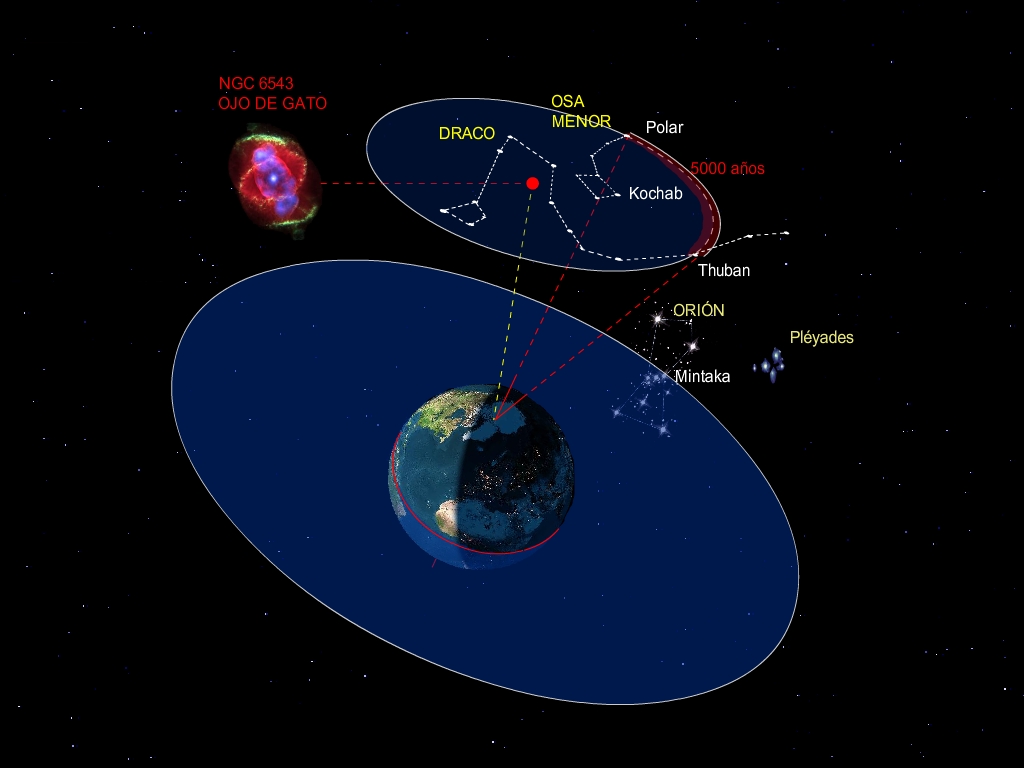


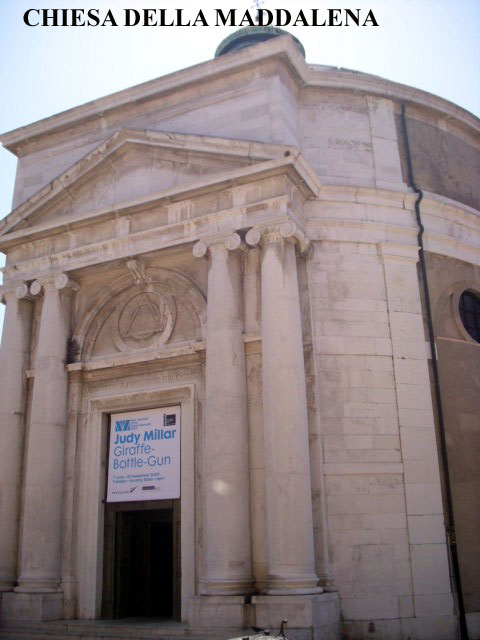







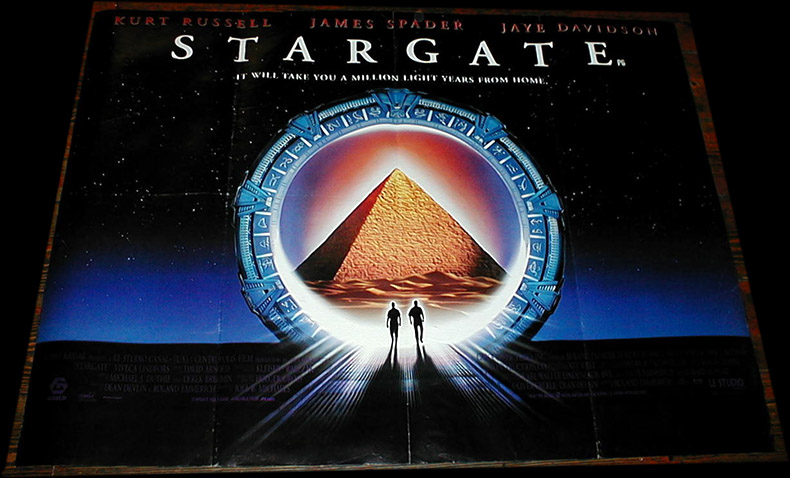
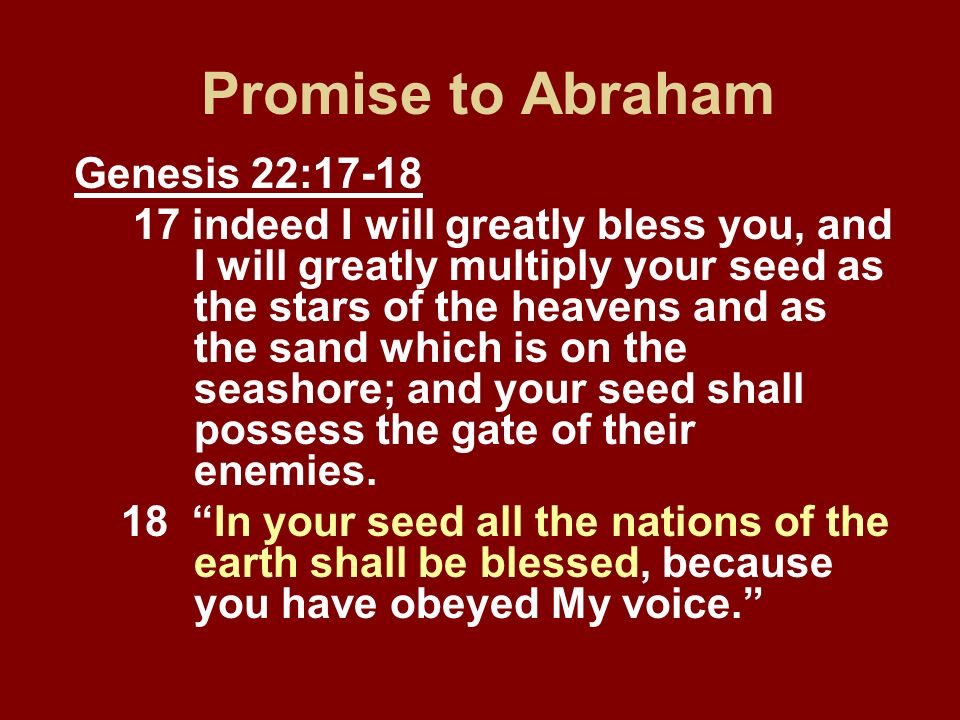









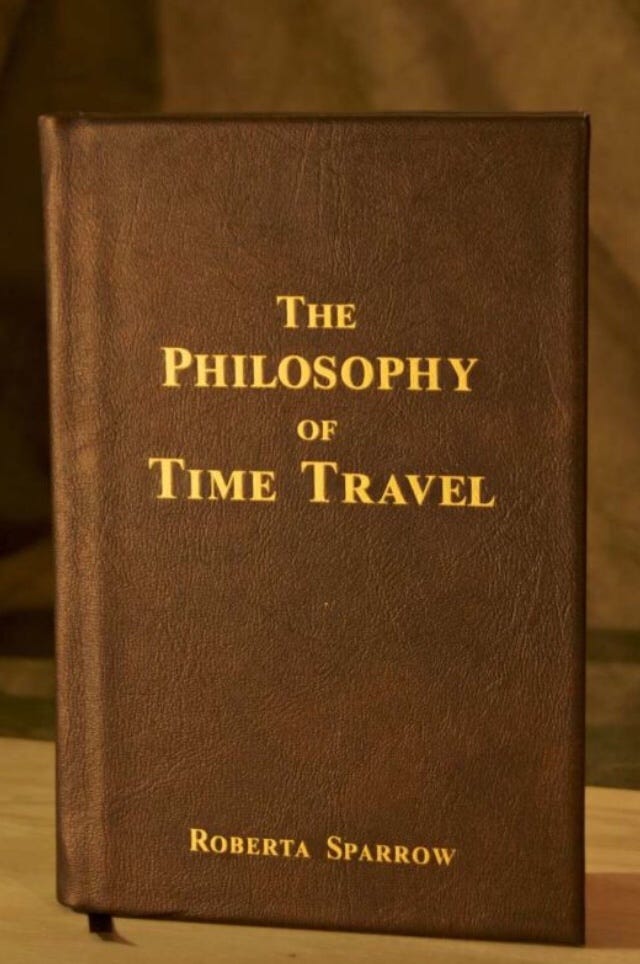








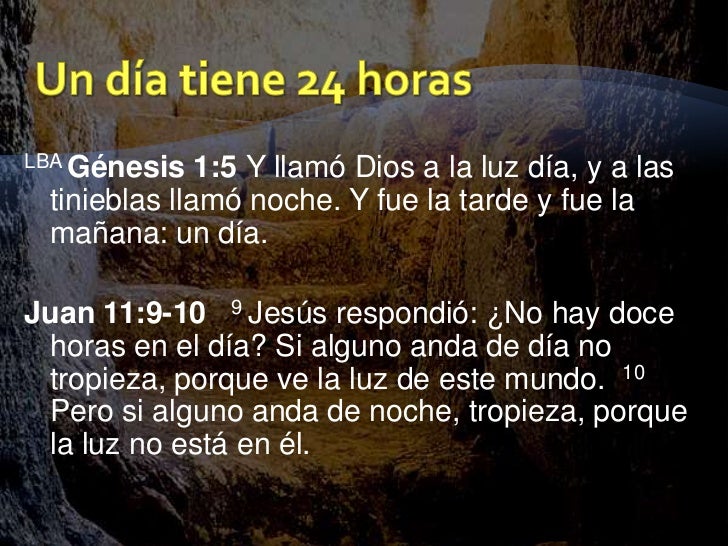
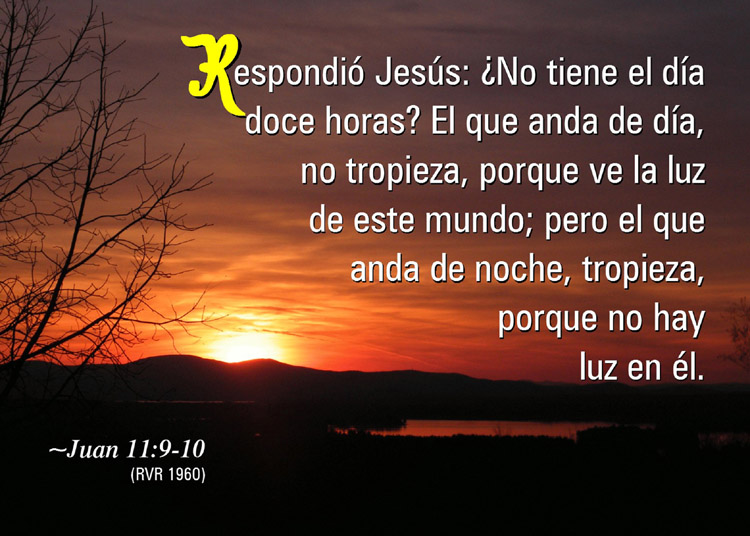





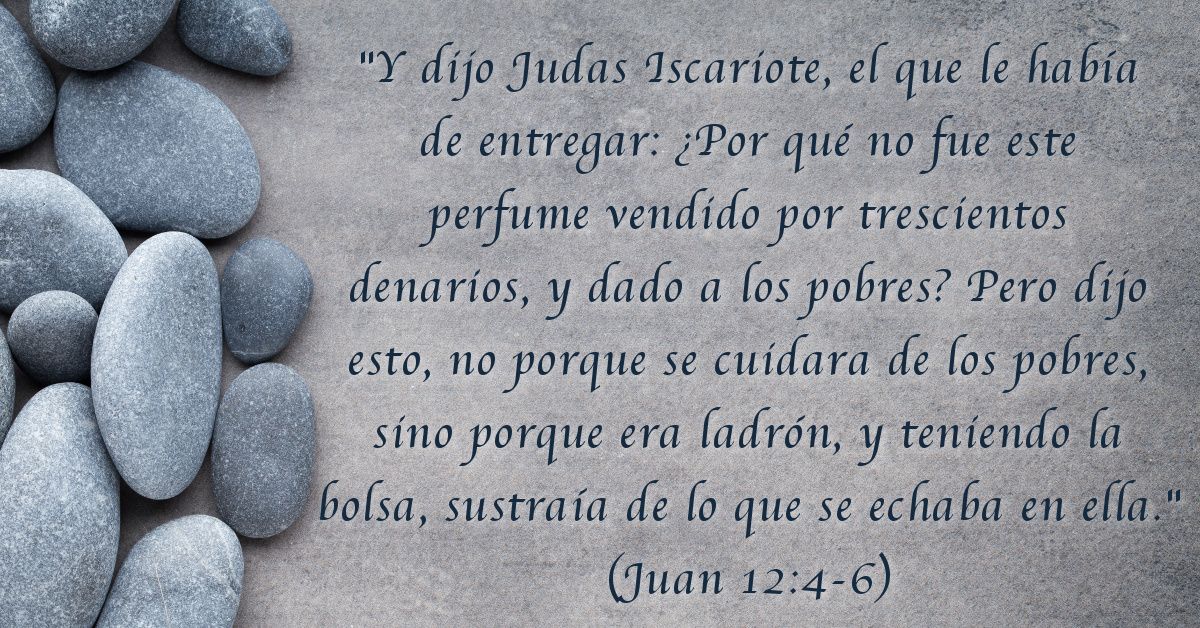
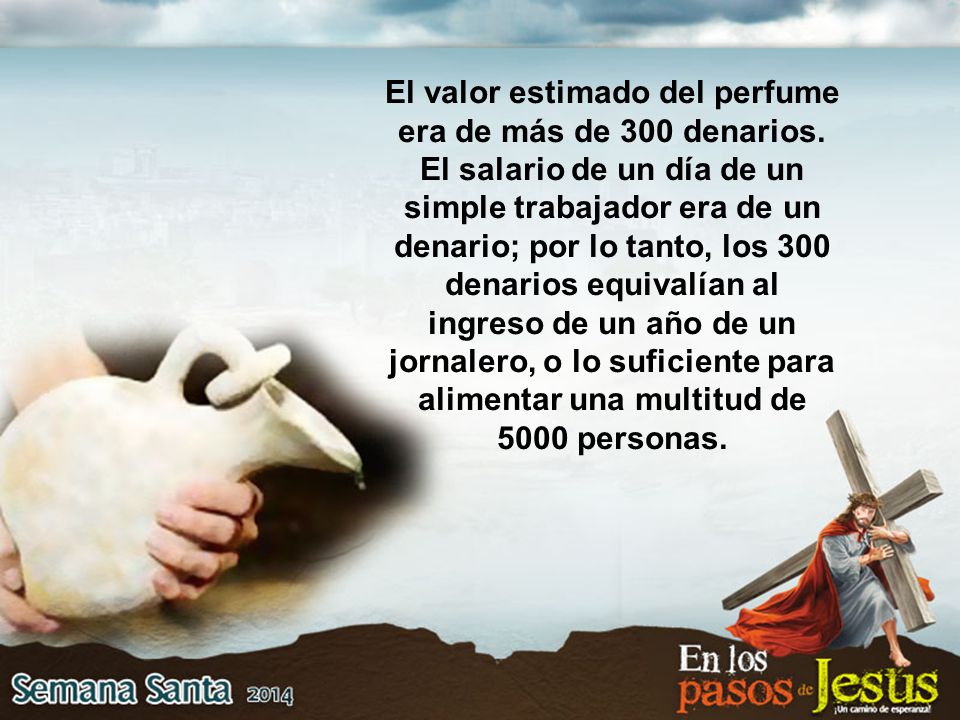
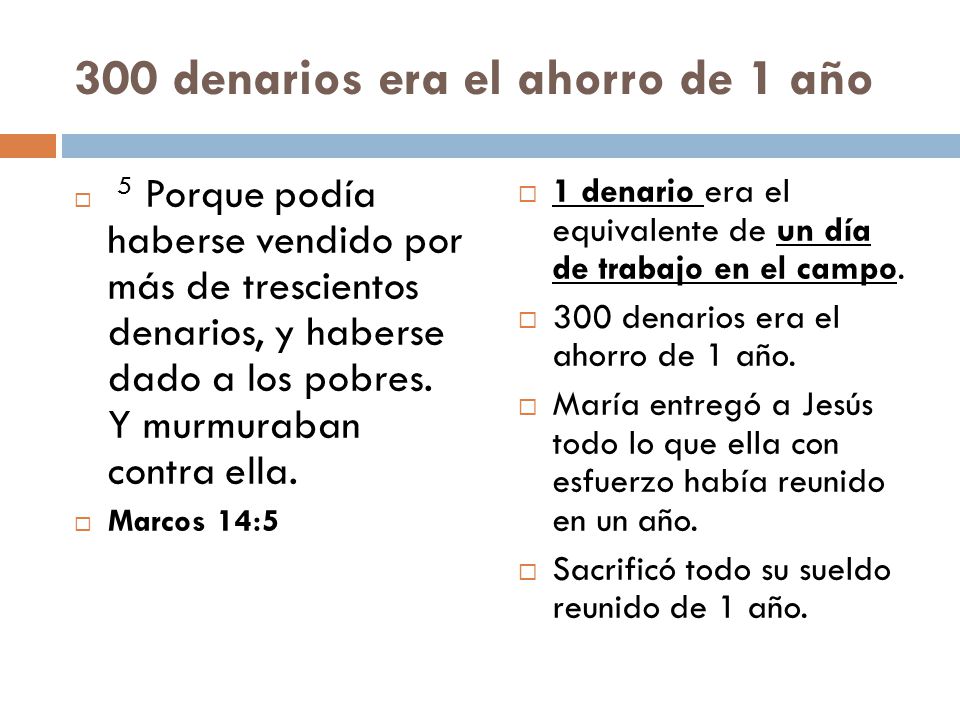













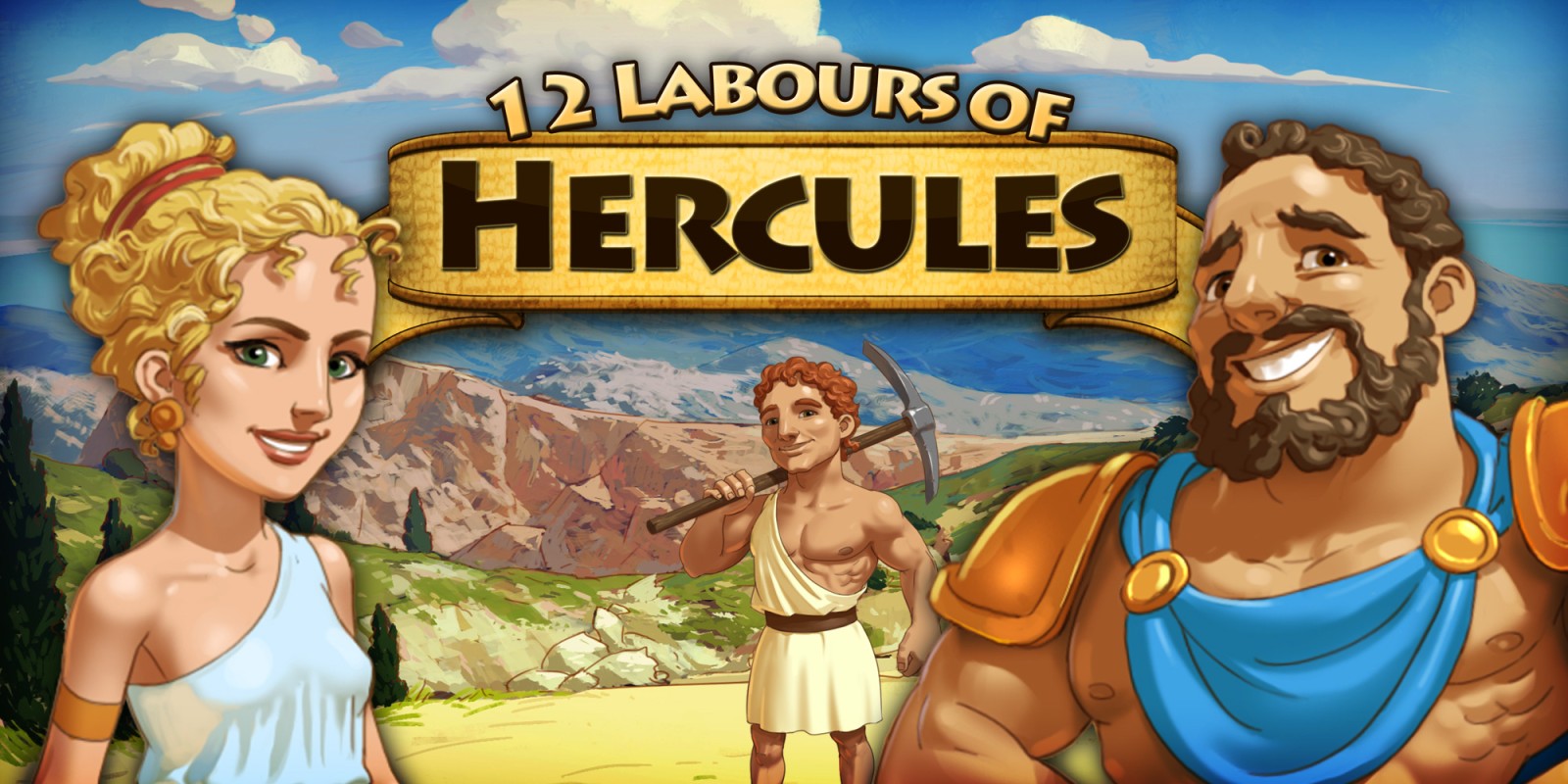



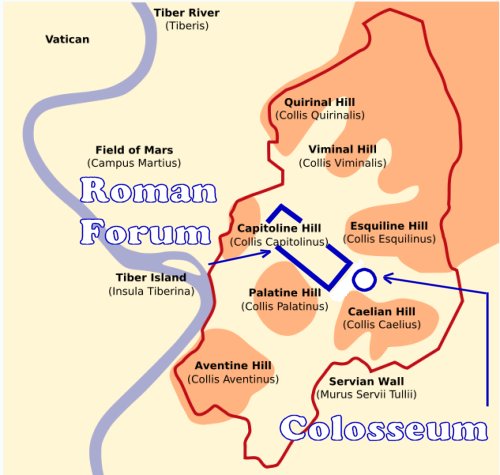
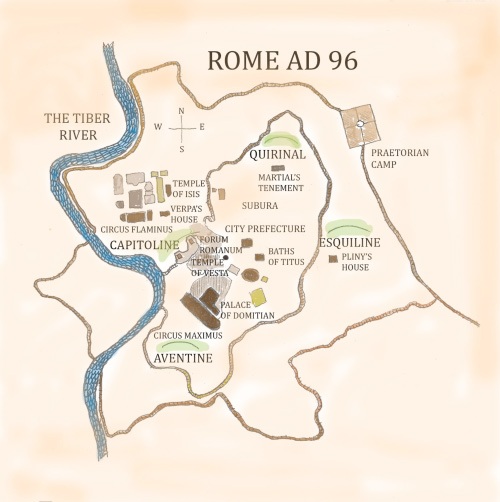




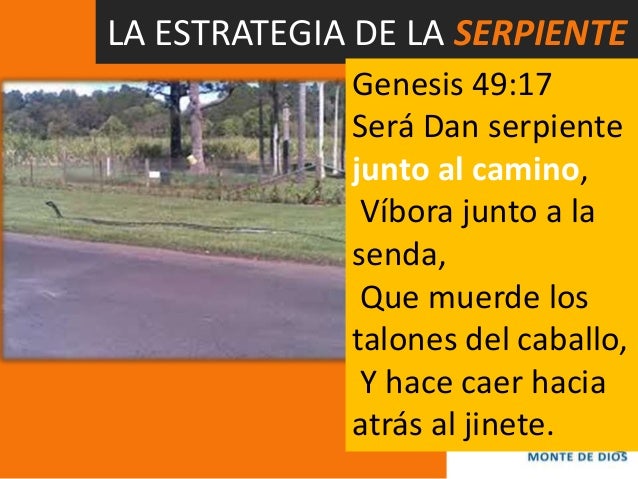
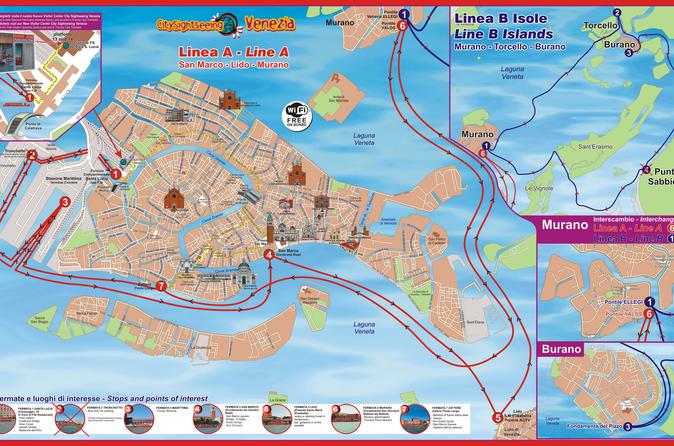
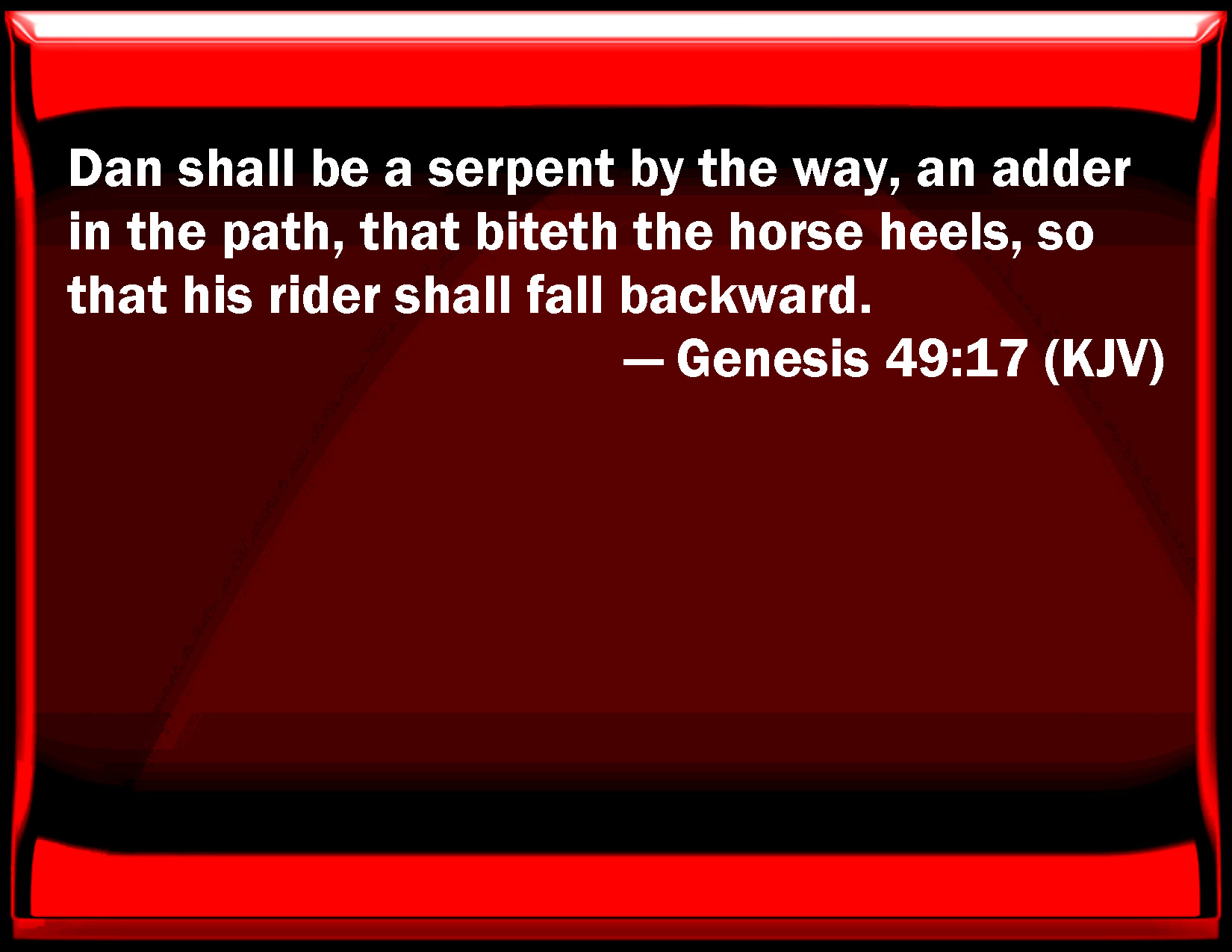


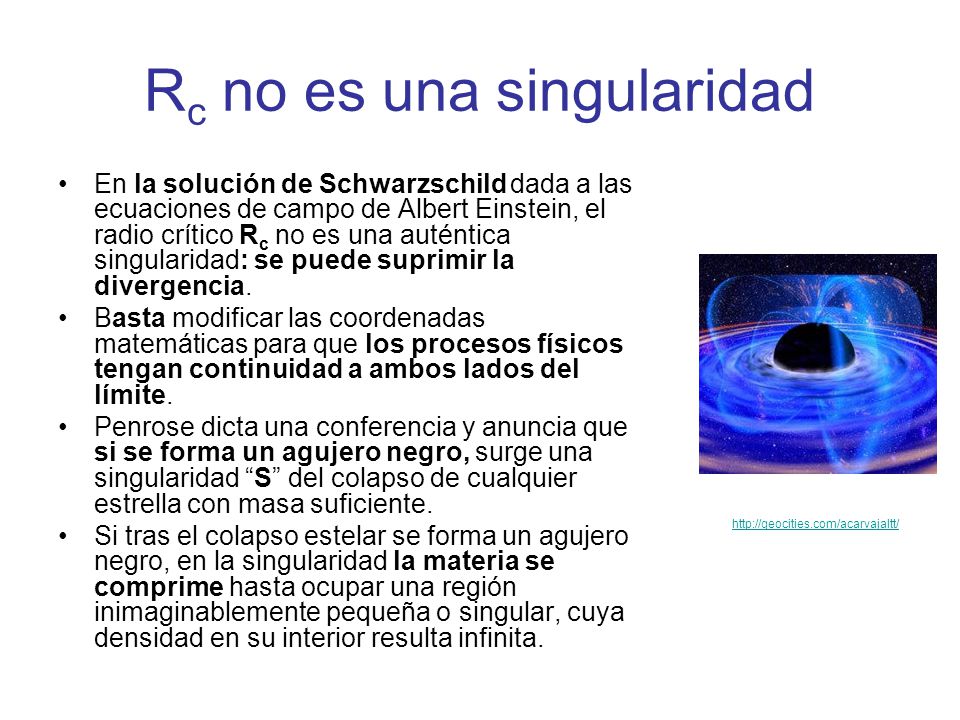






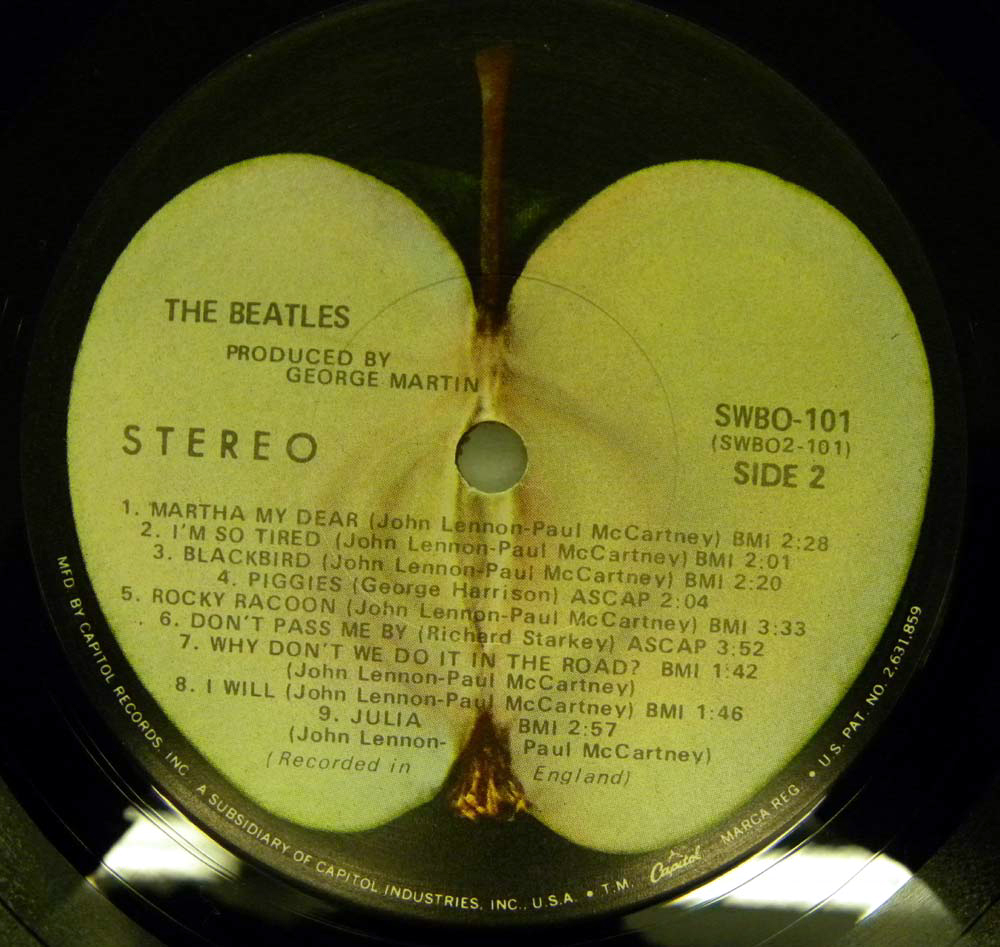

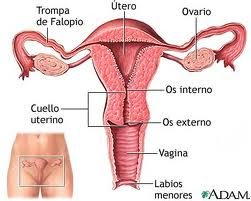
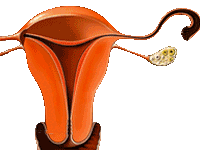
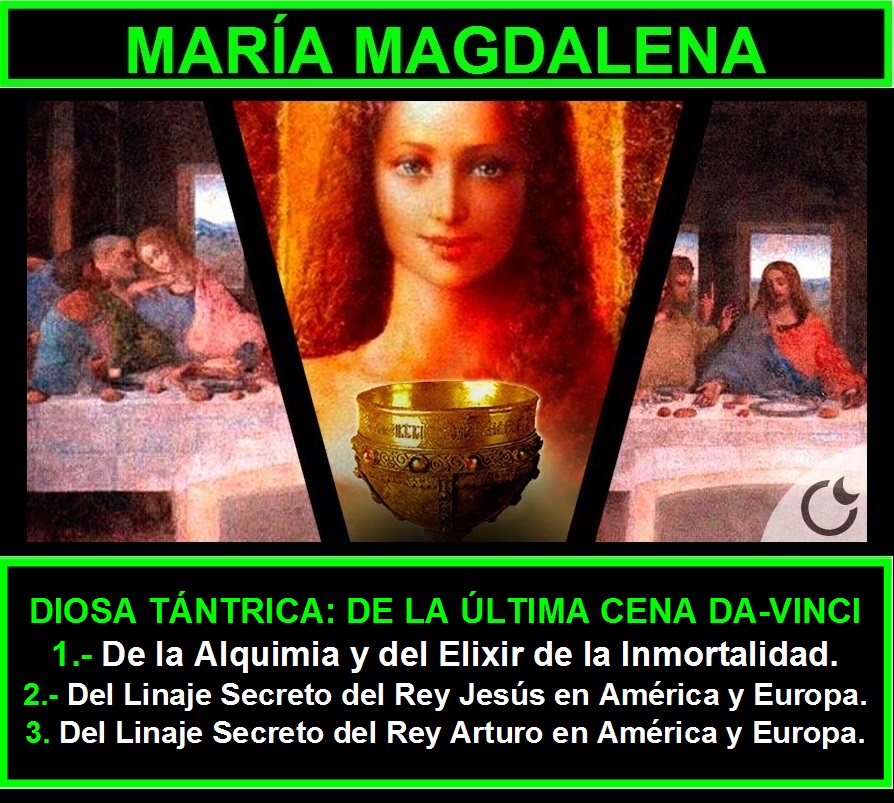



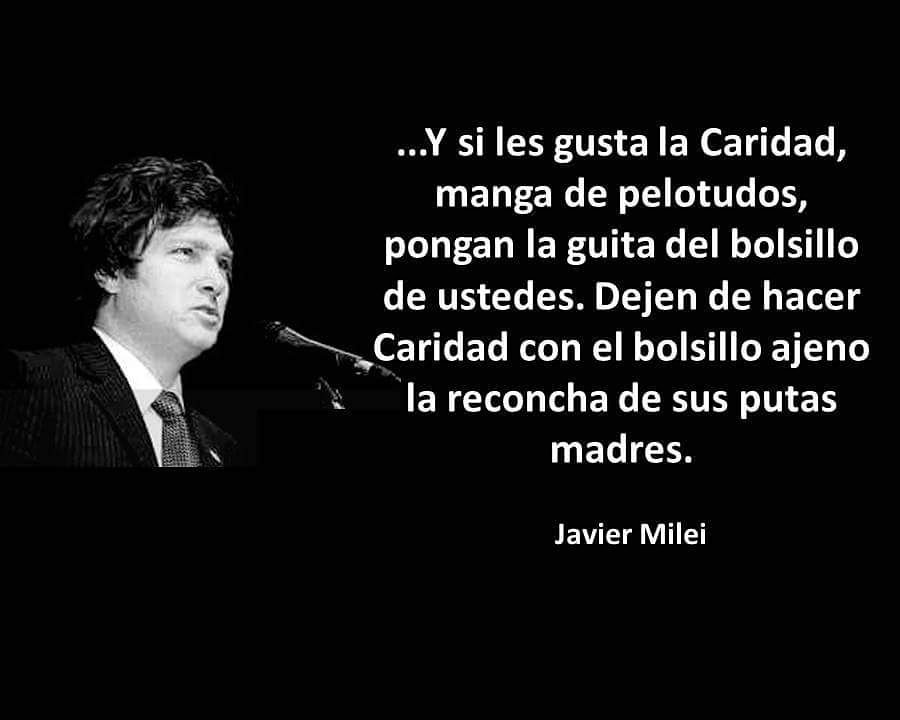


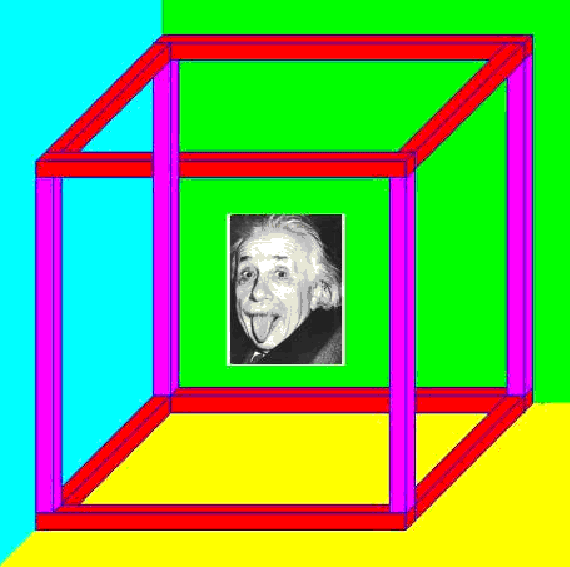
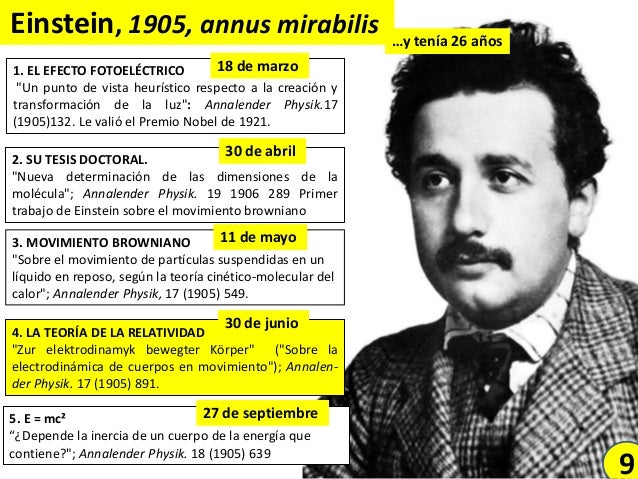
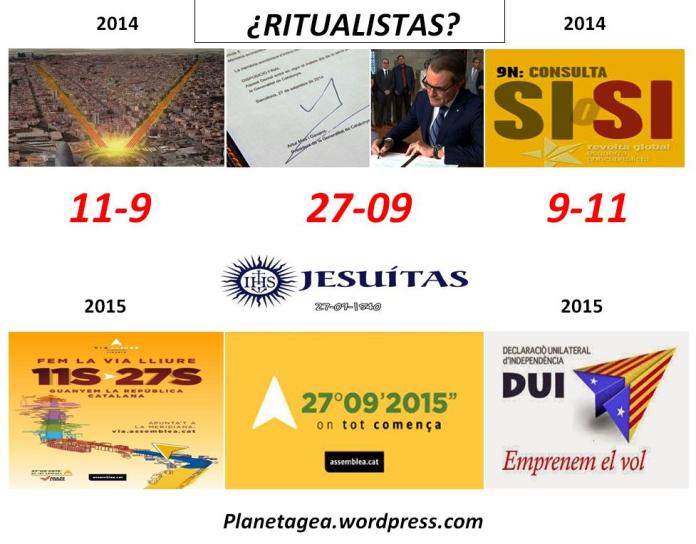


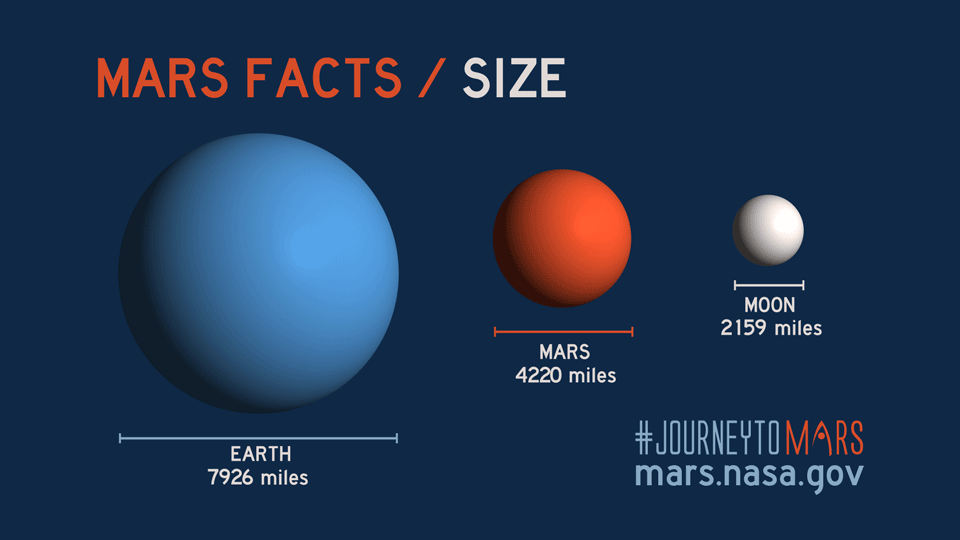

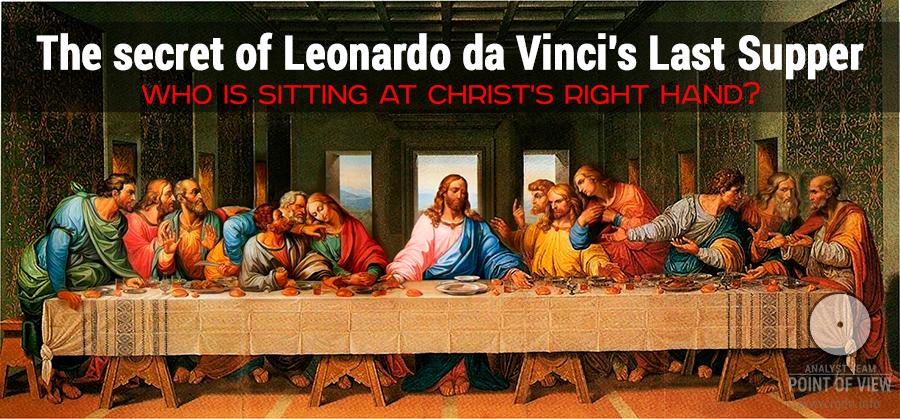

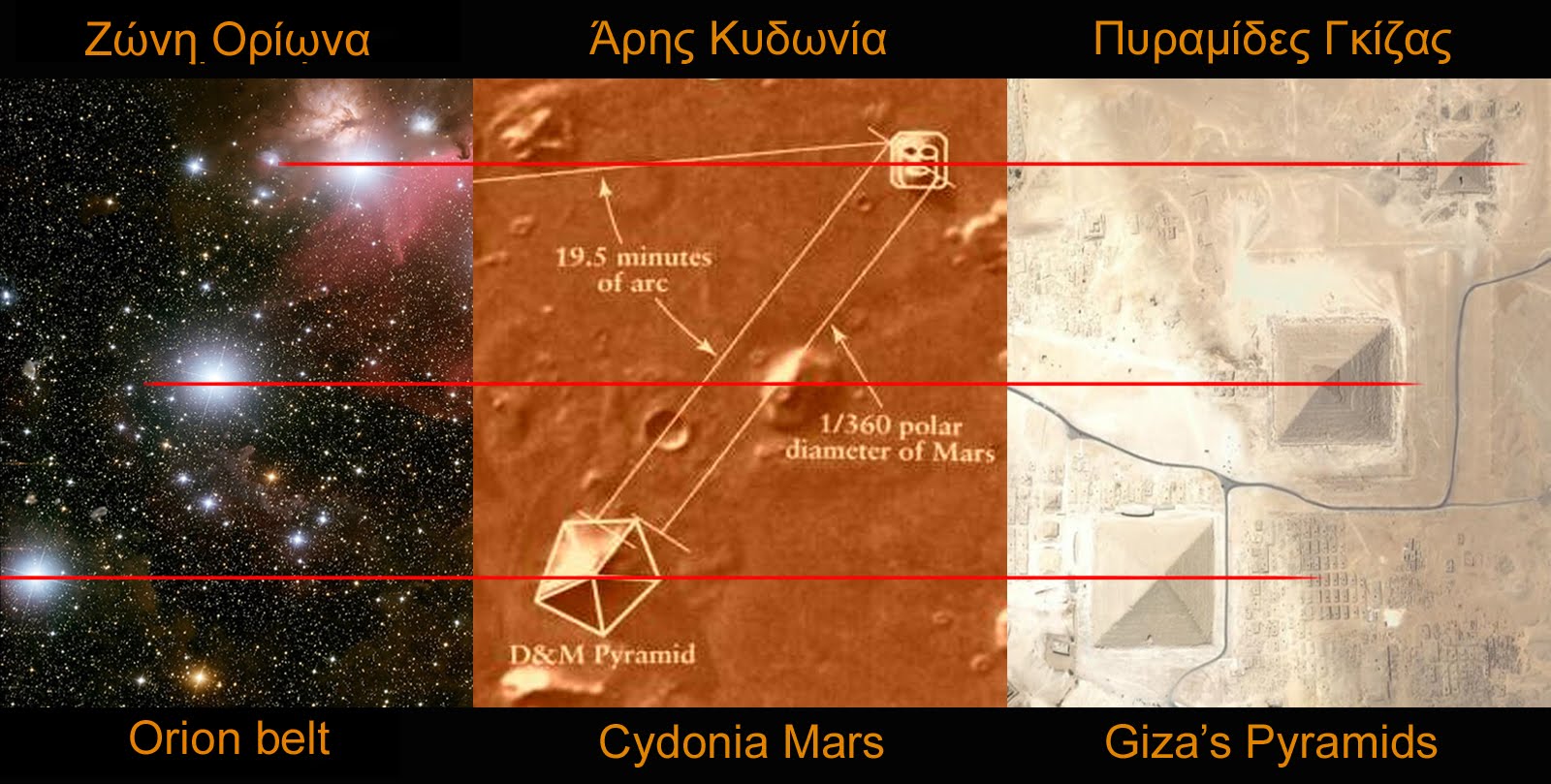

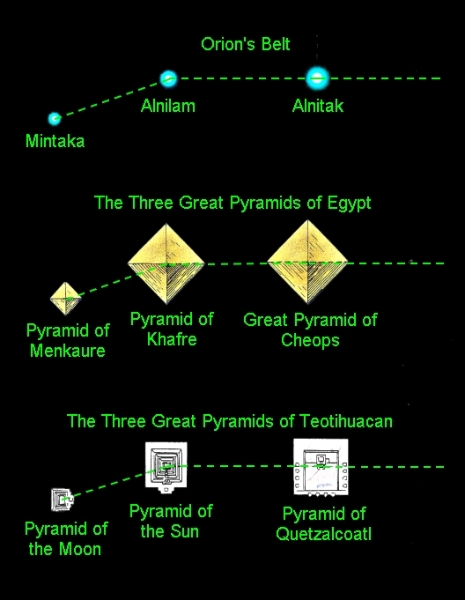
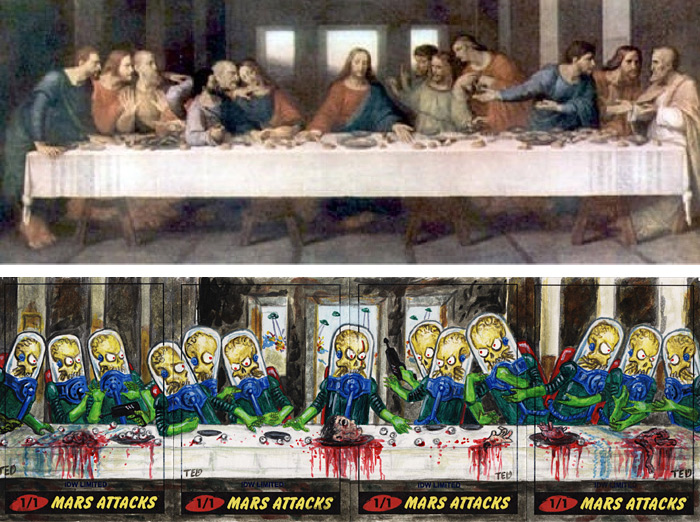






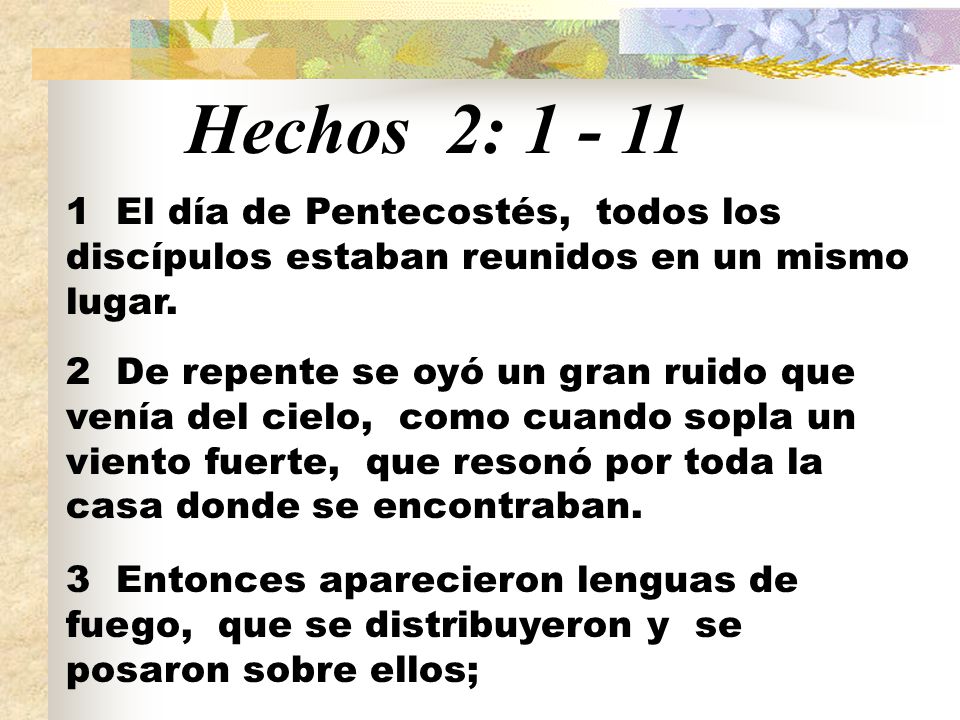

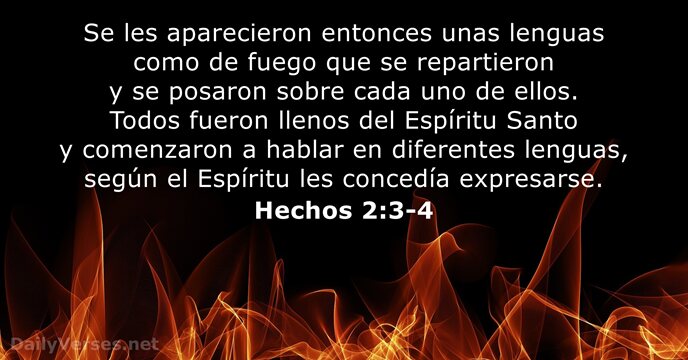
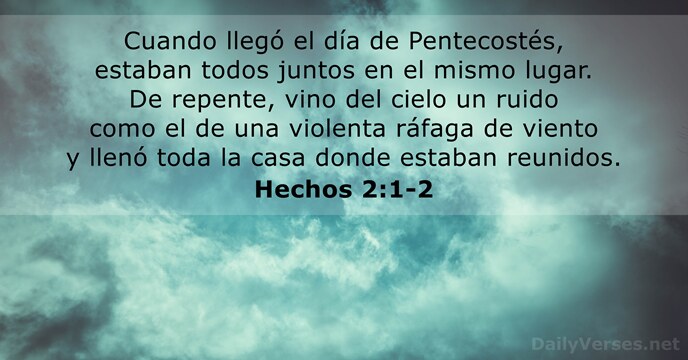






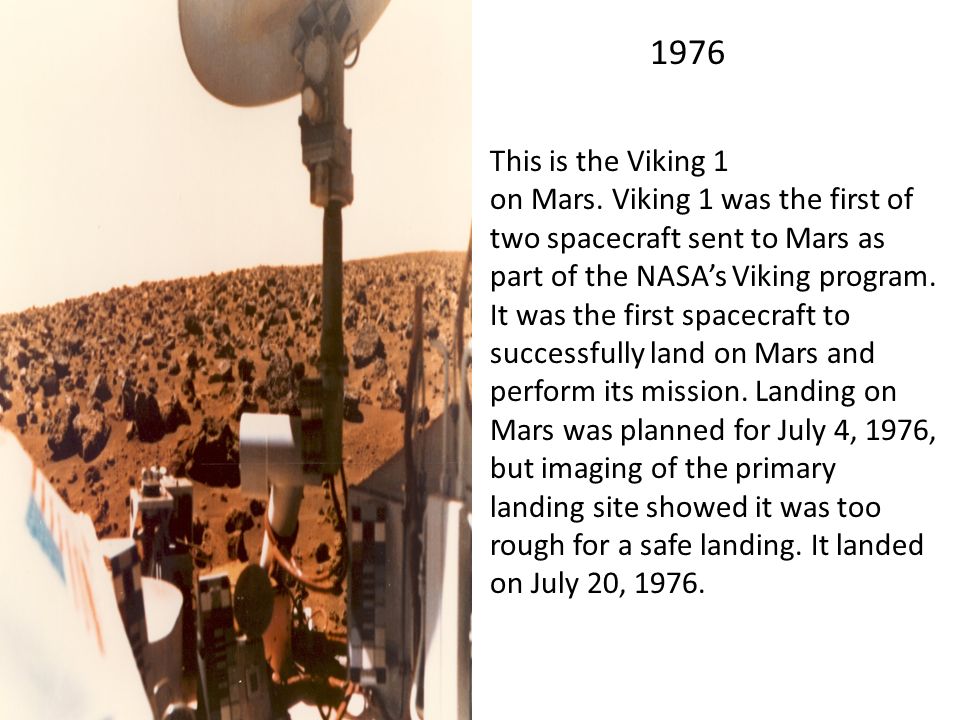









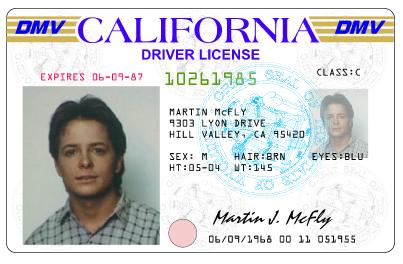


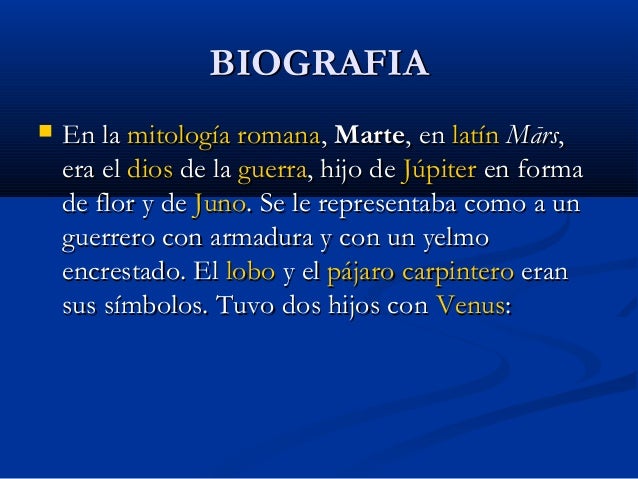



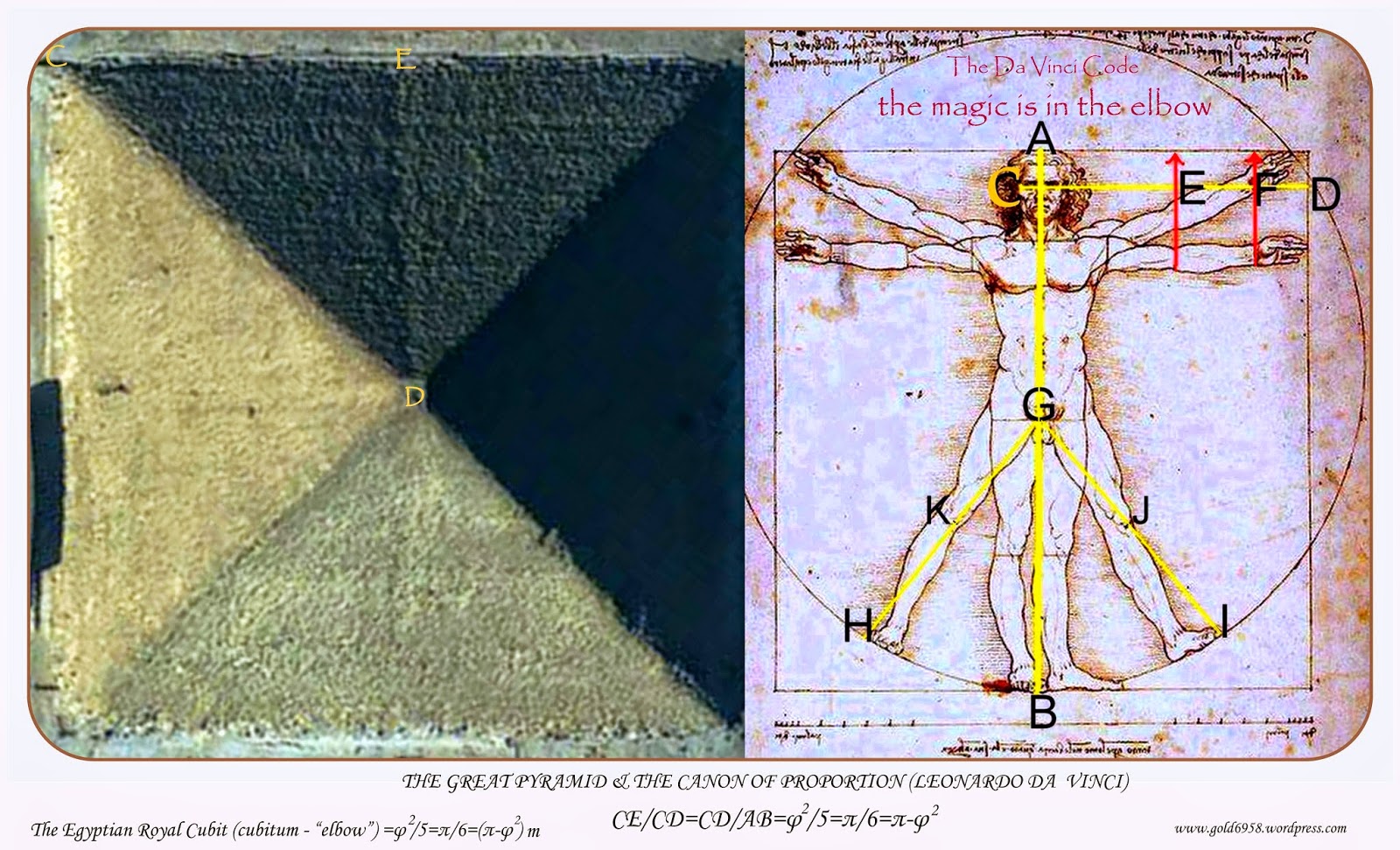


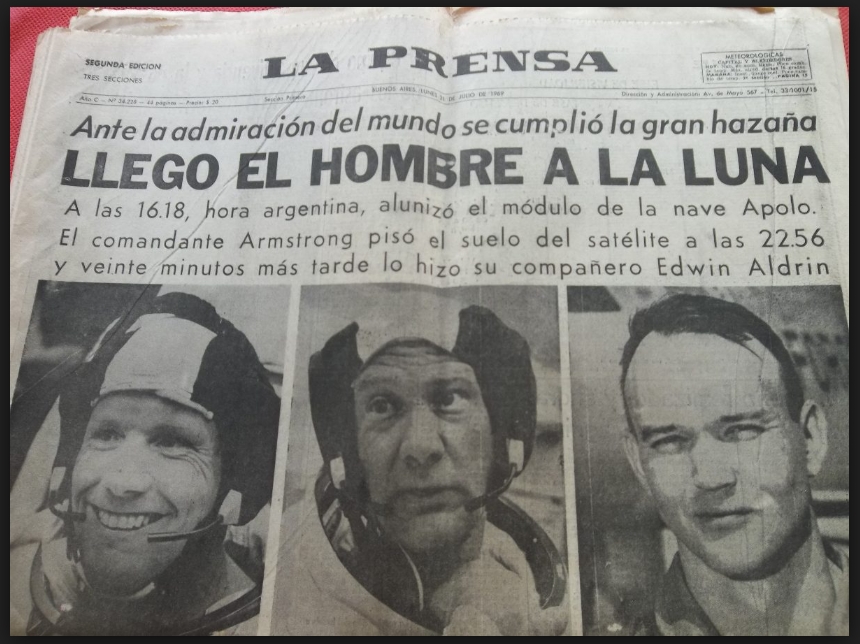
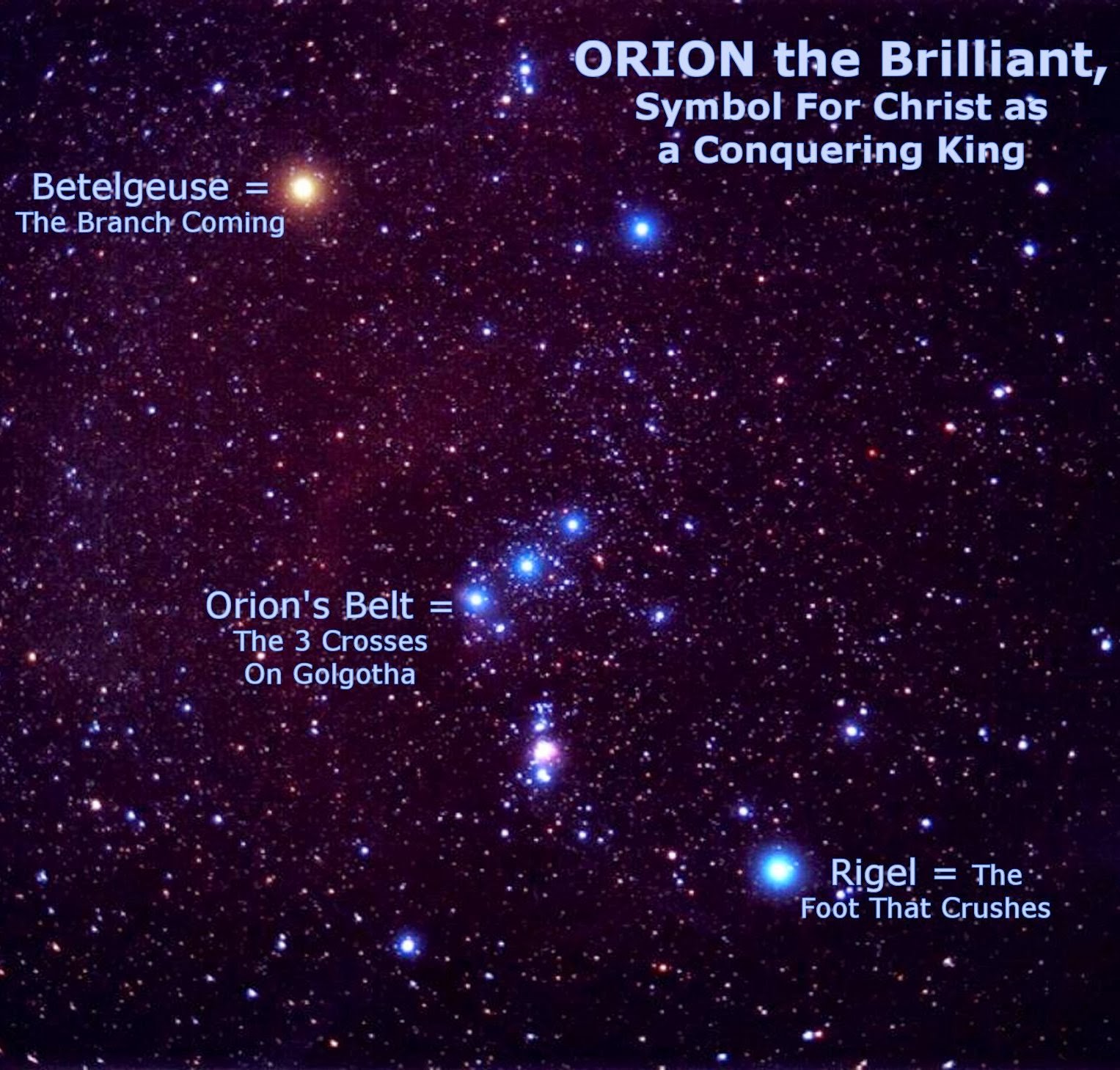
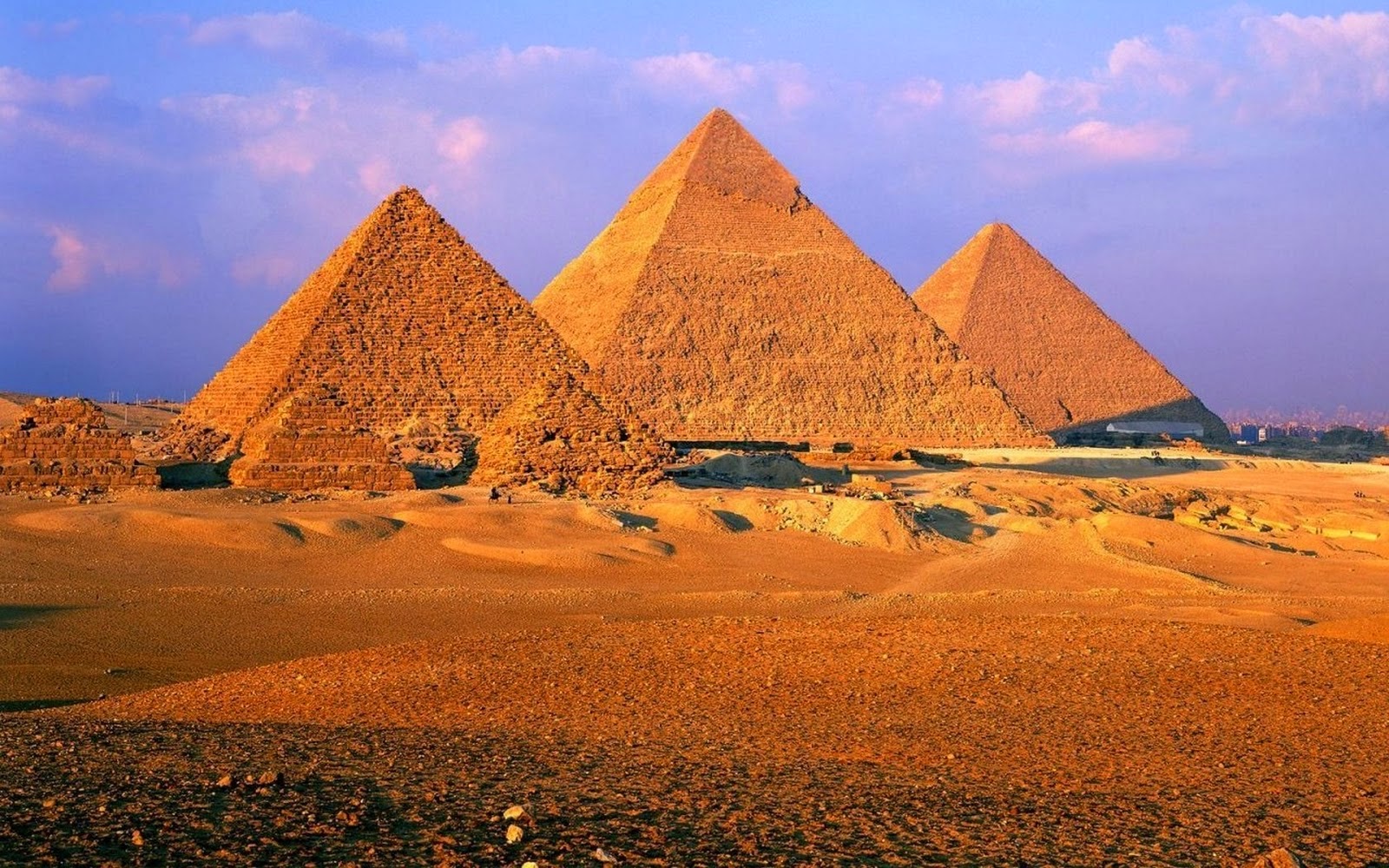
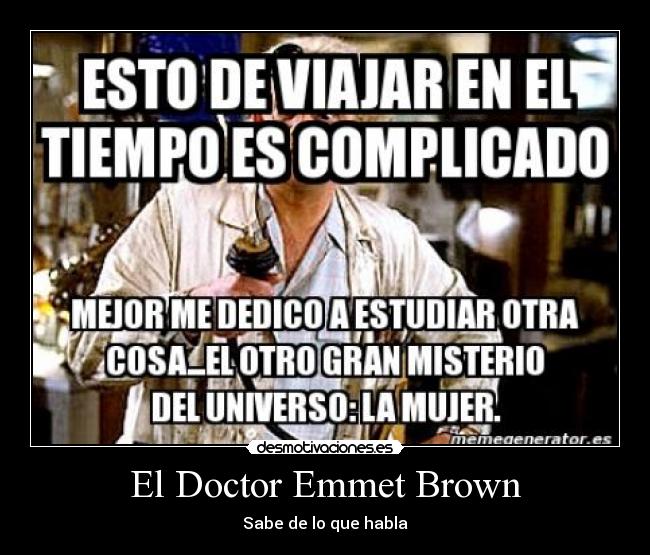




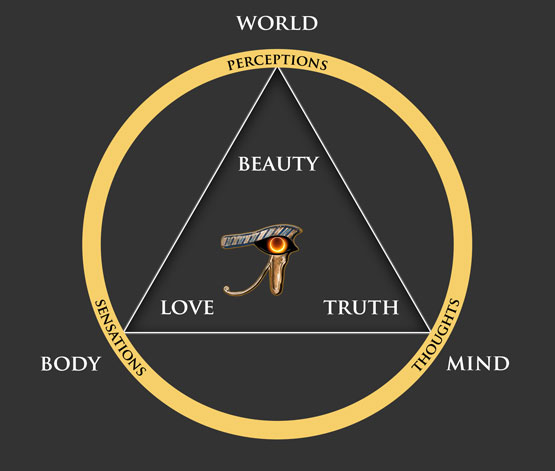

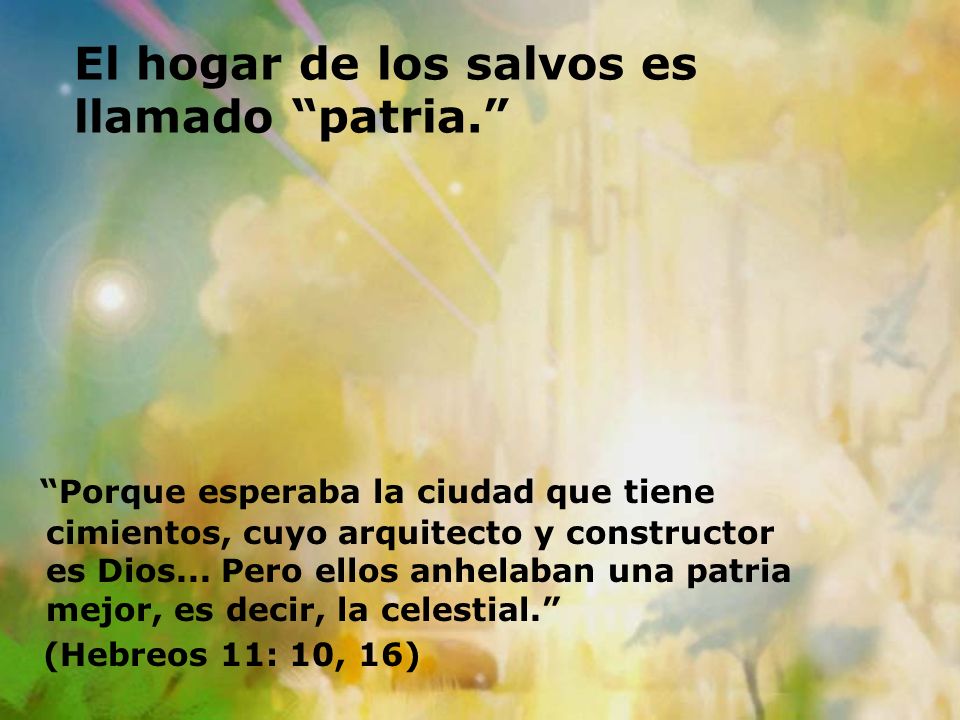
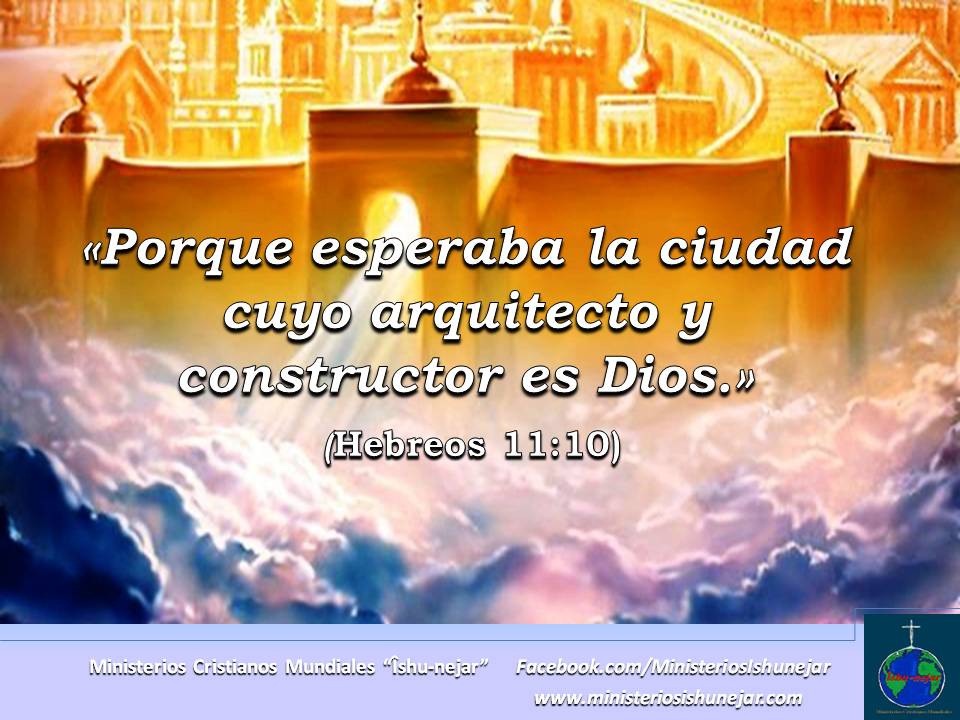




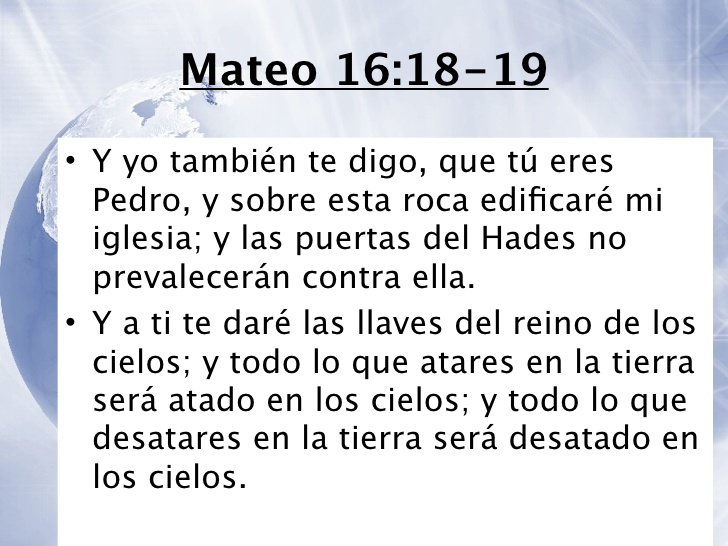

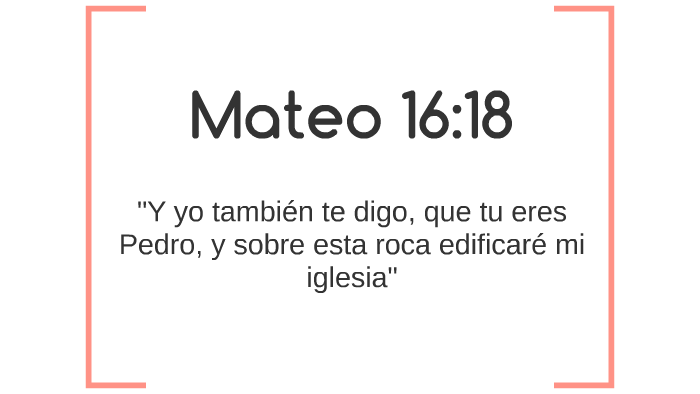

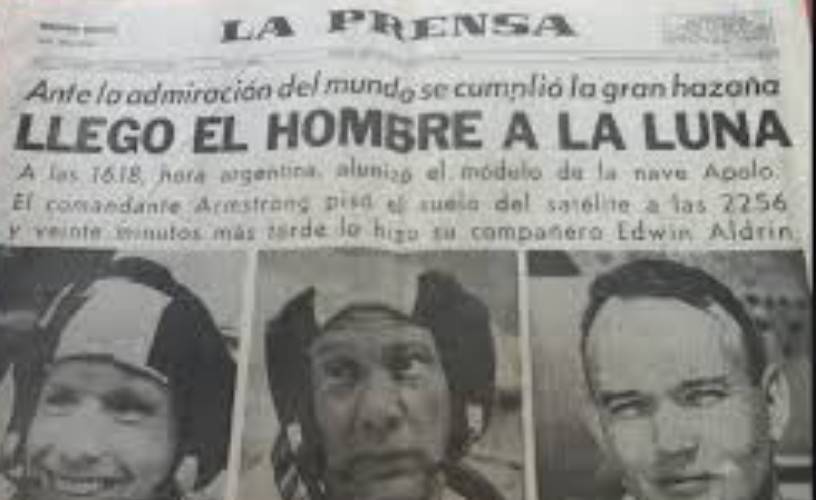
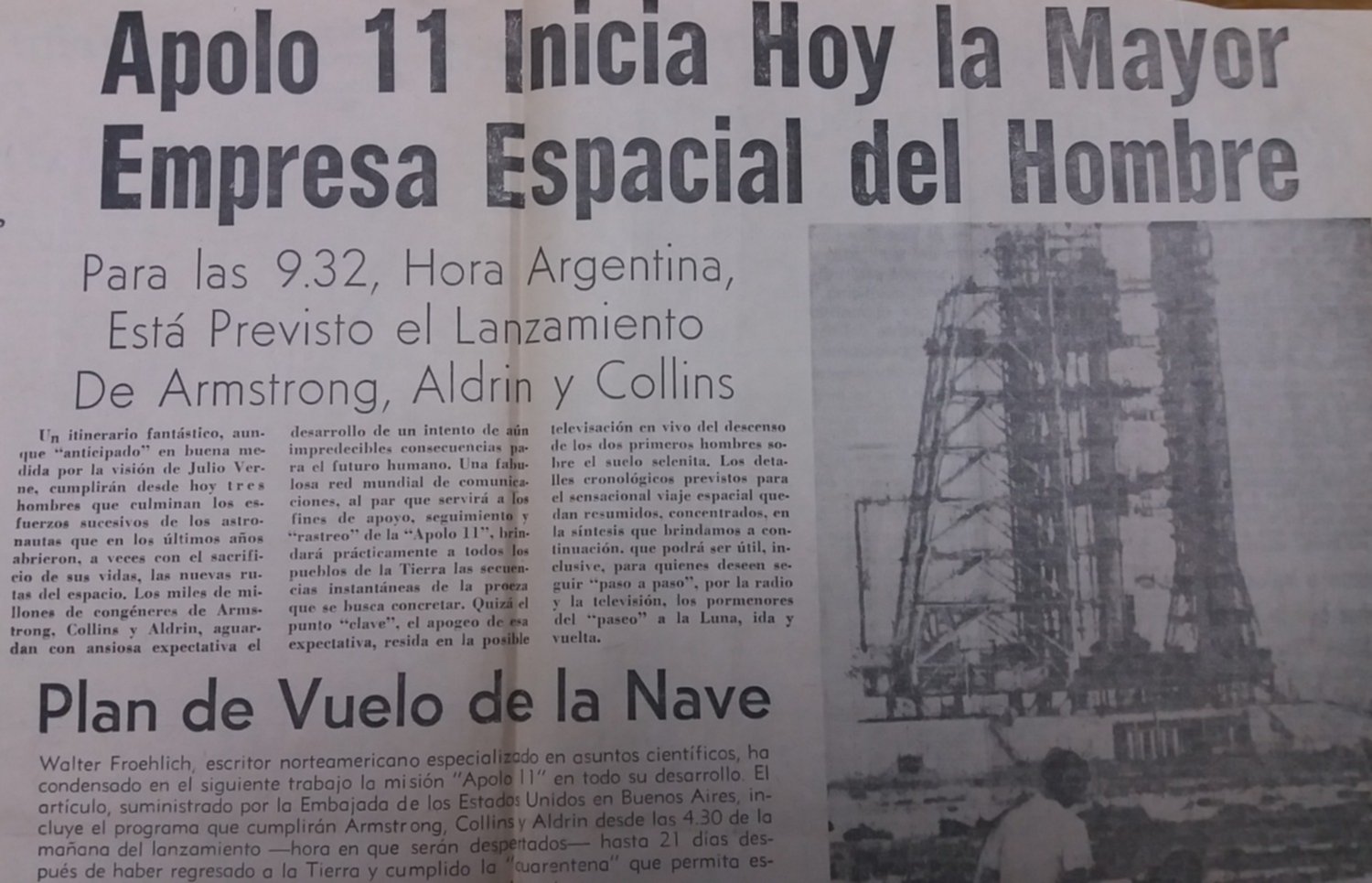
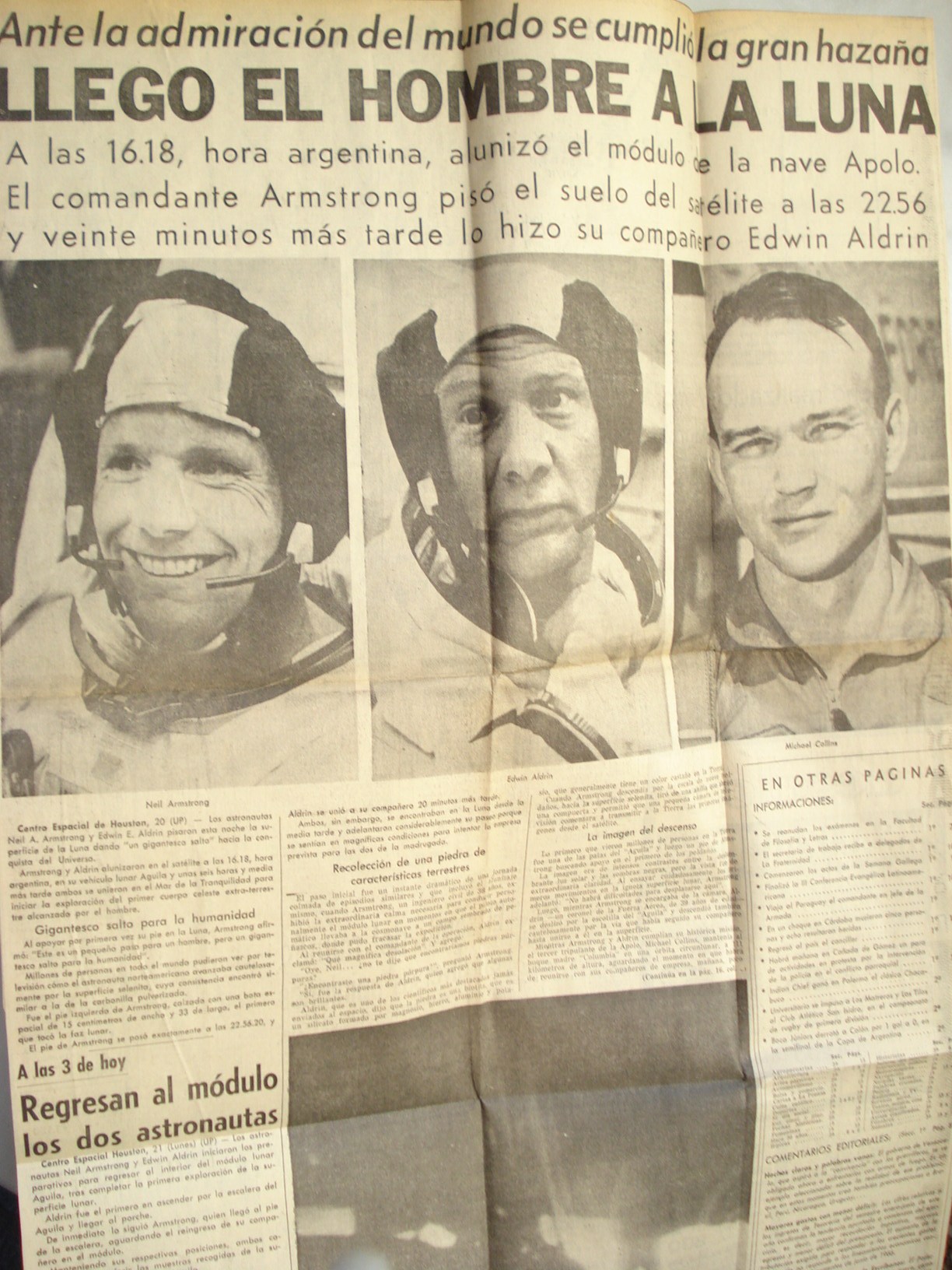
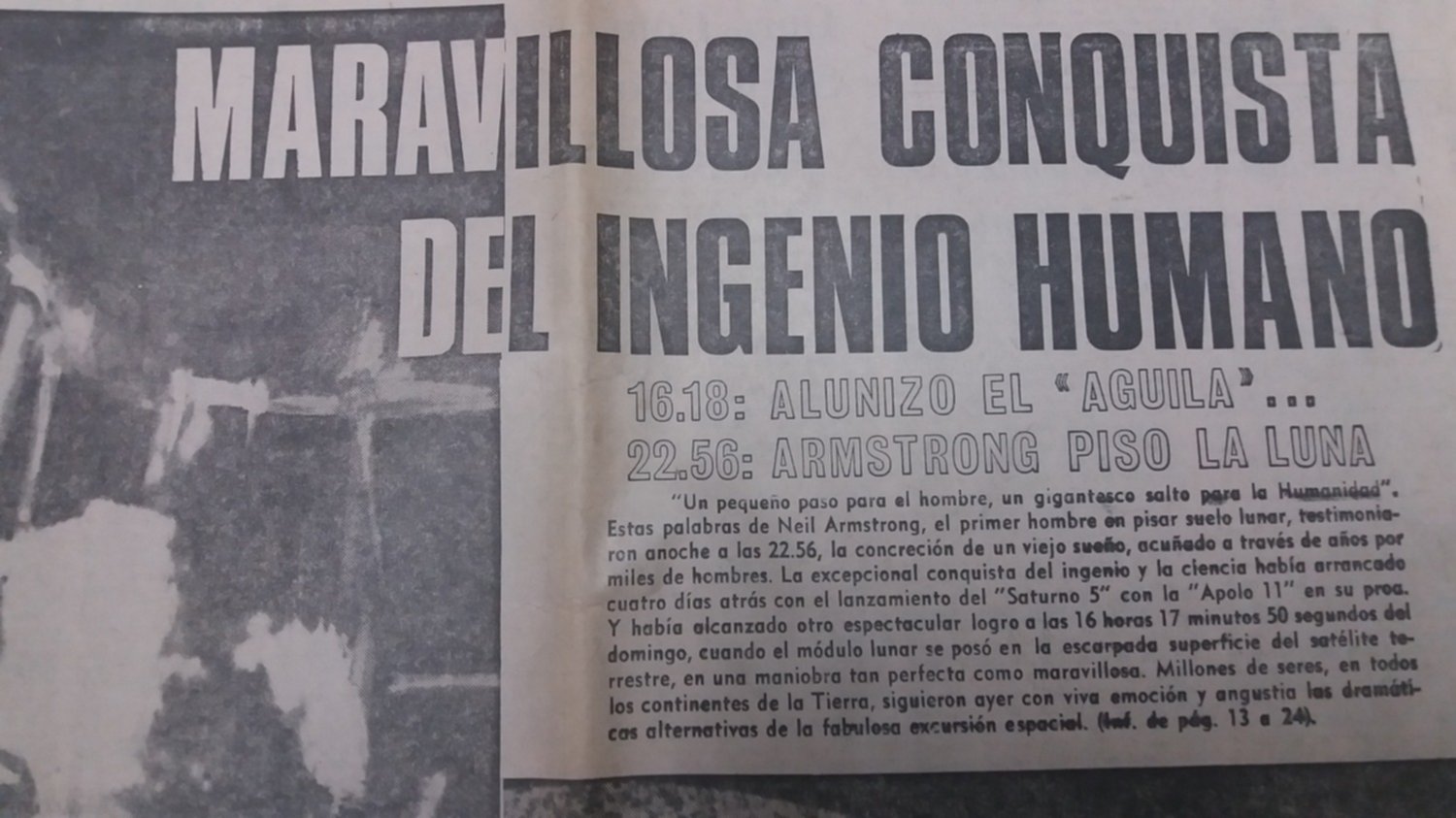

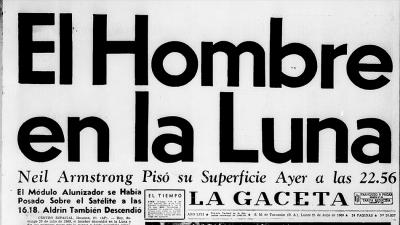




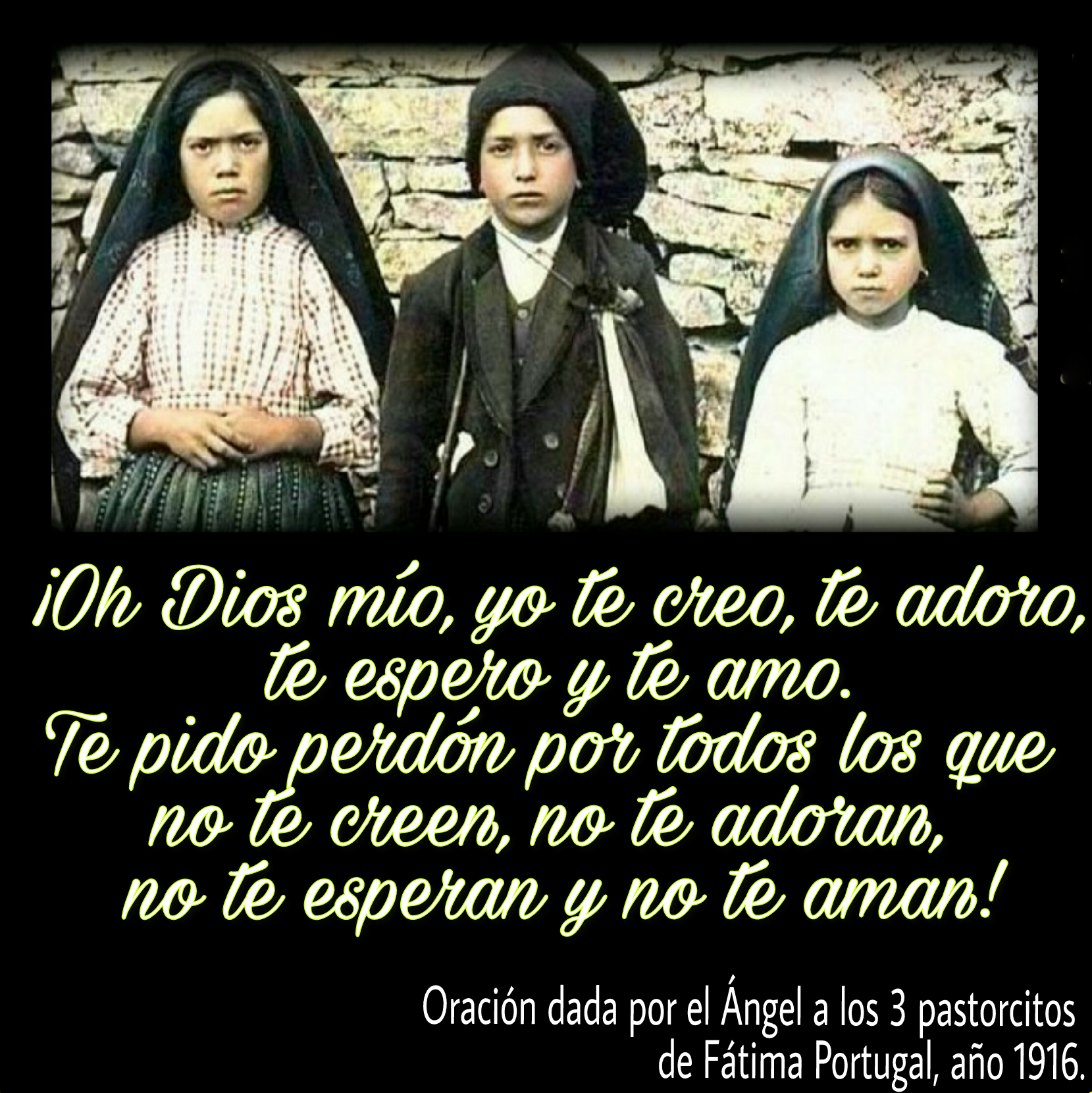



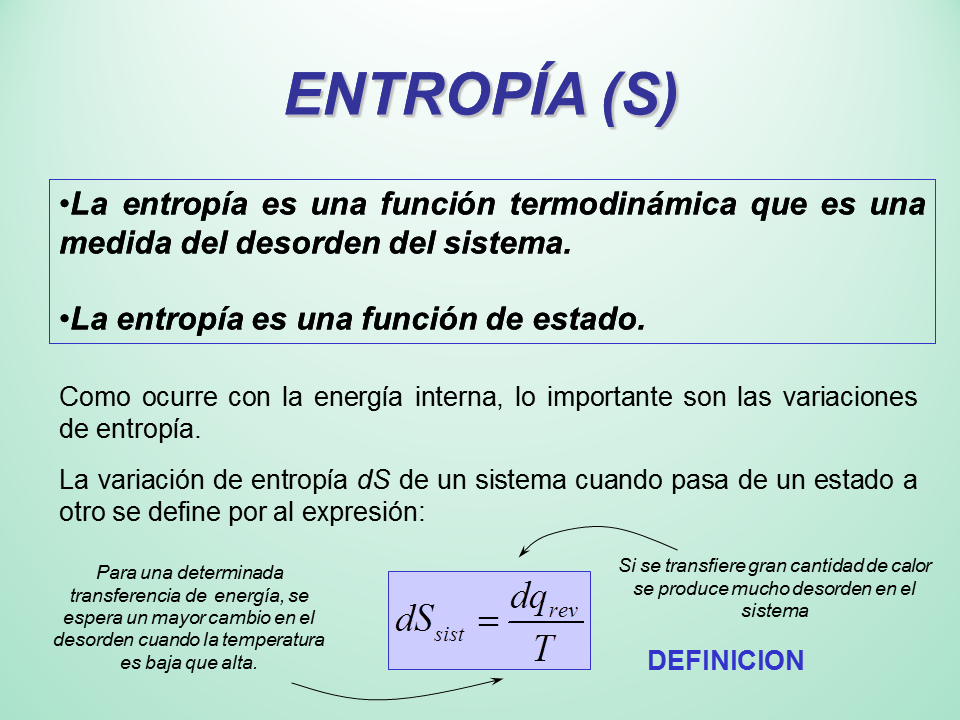



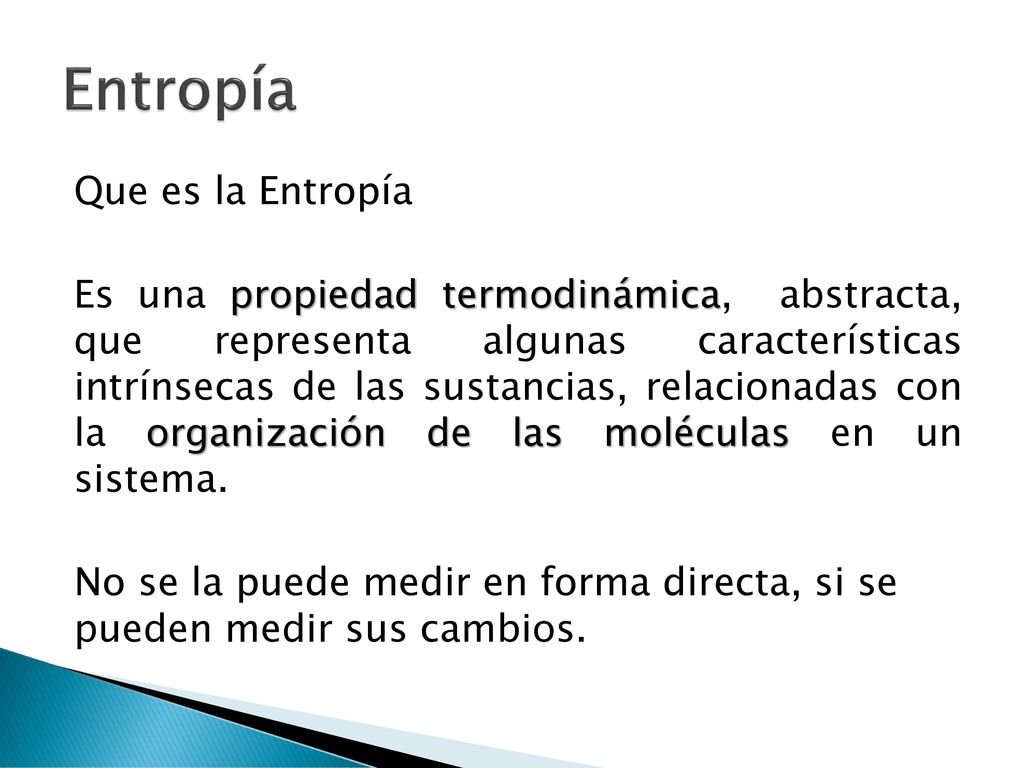


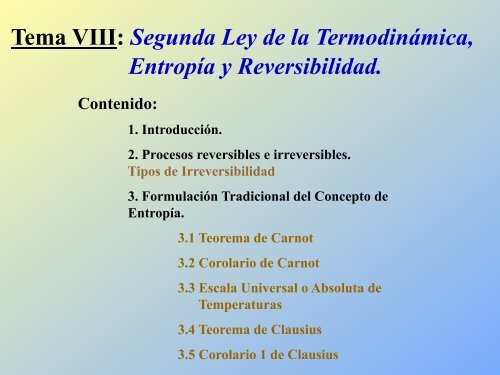
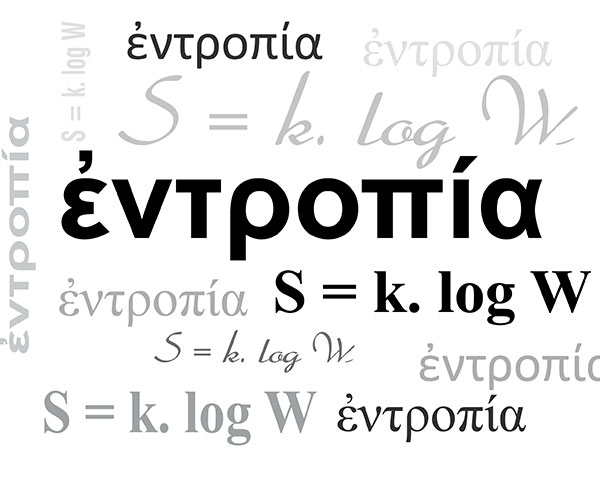



















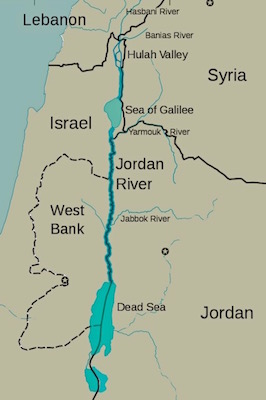
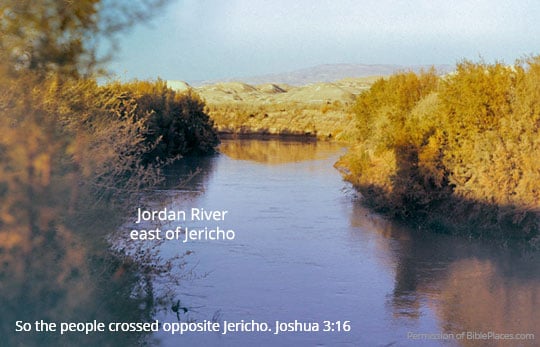

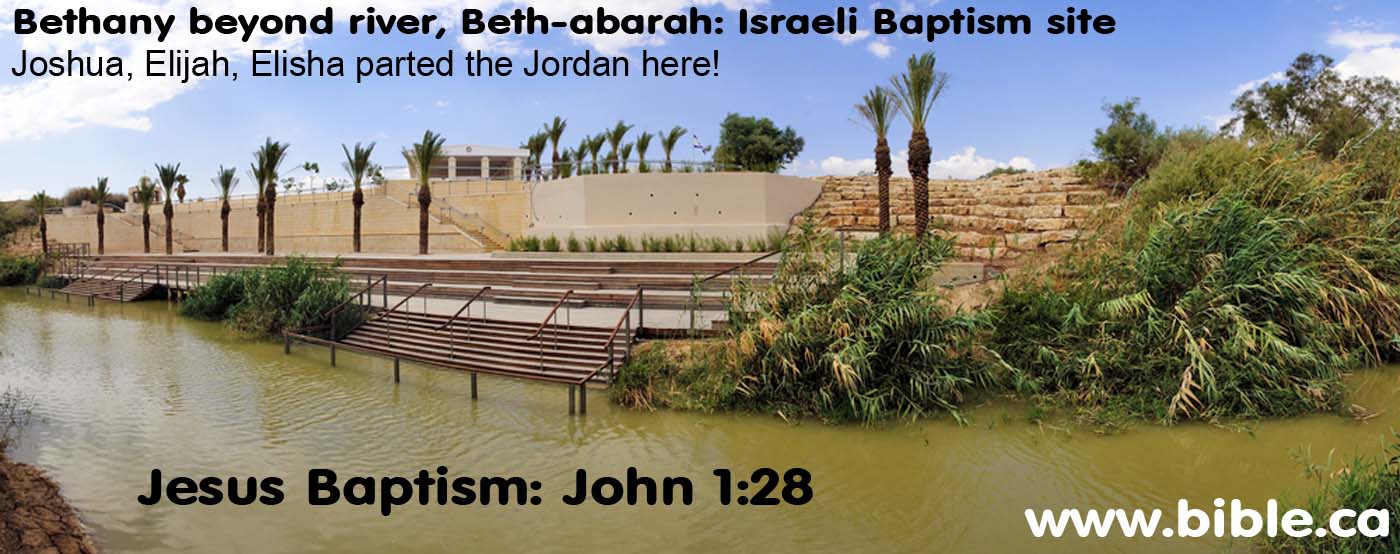





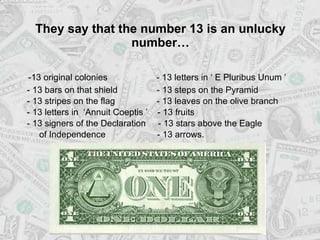

![That's one small step..." —Neil Armstrong [1024 x 1333] : r/QuotesPorn](https://i.imgur.com/lfLGX.jpg)


